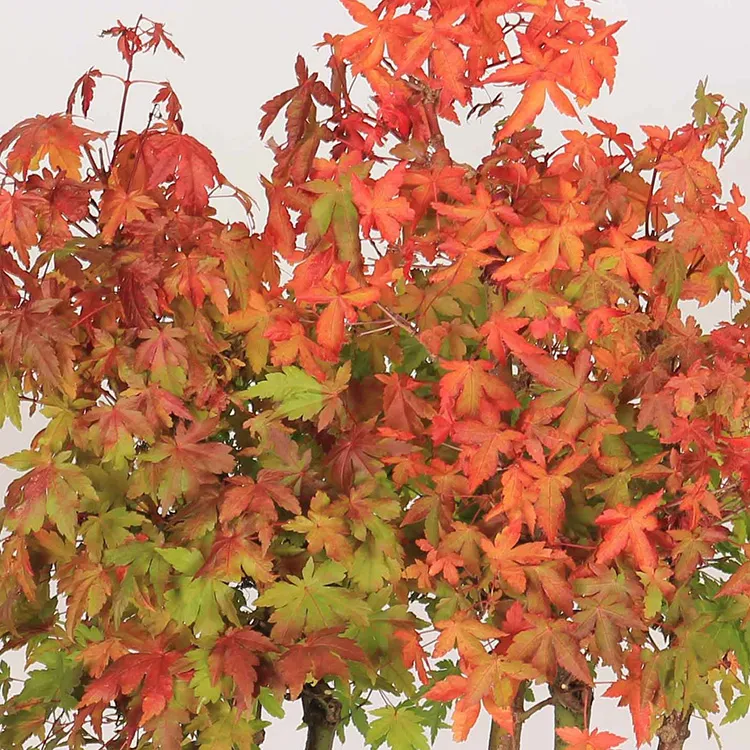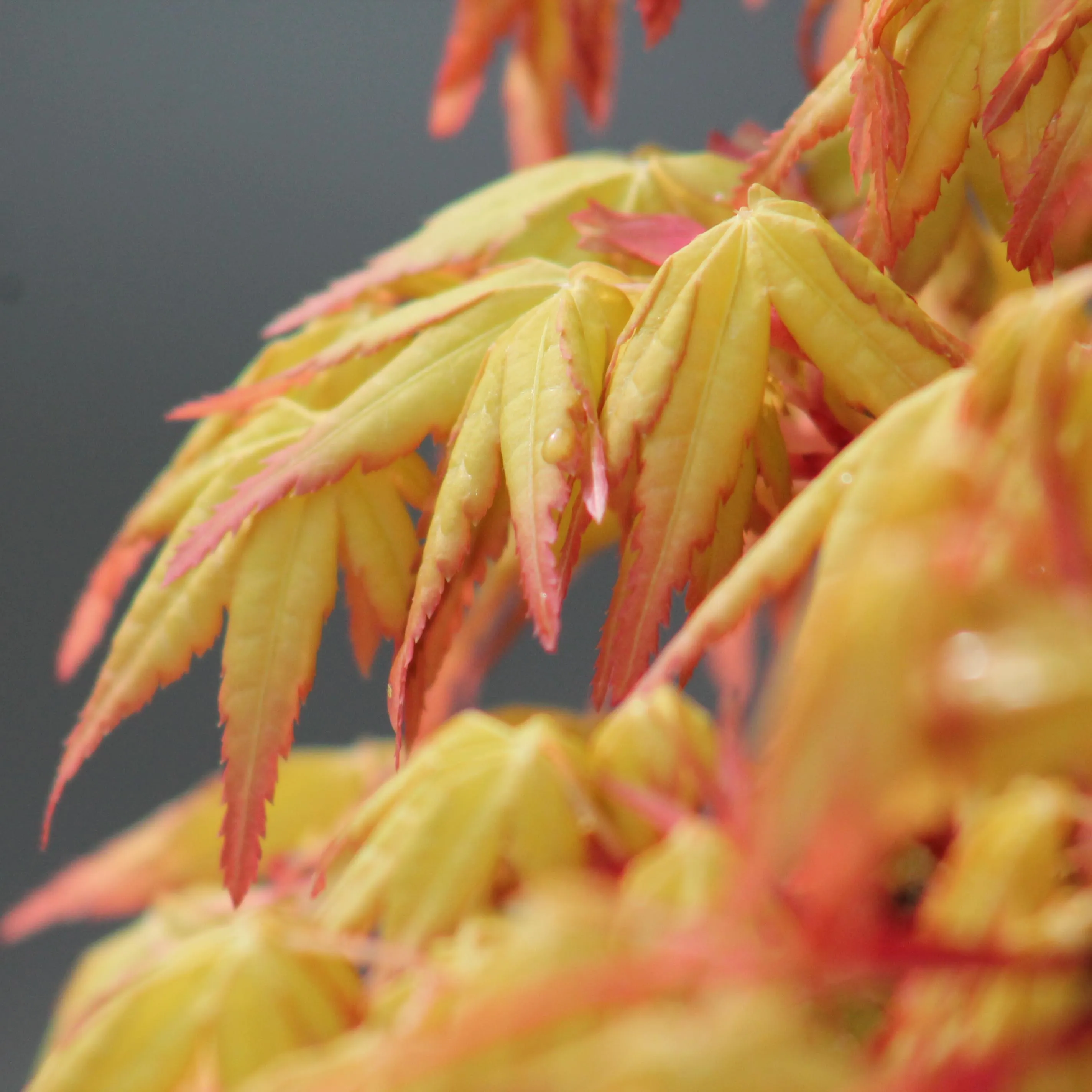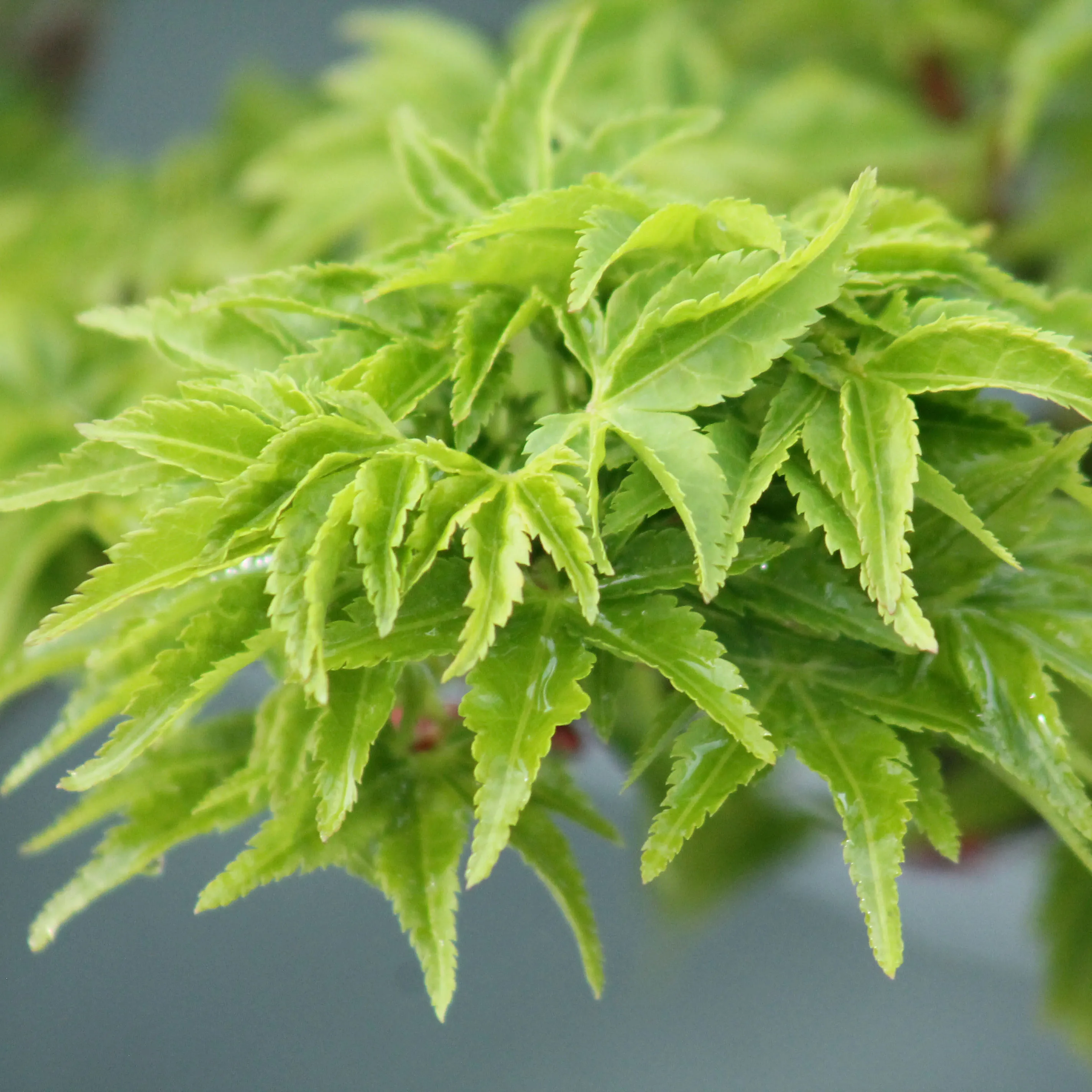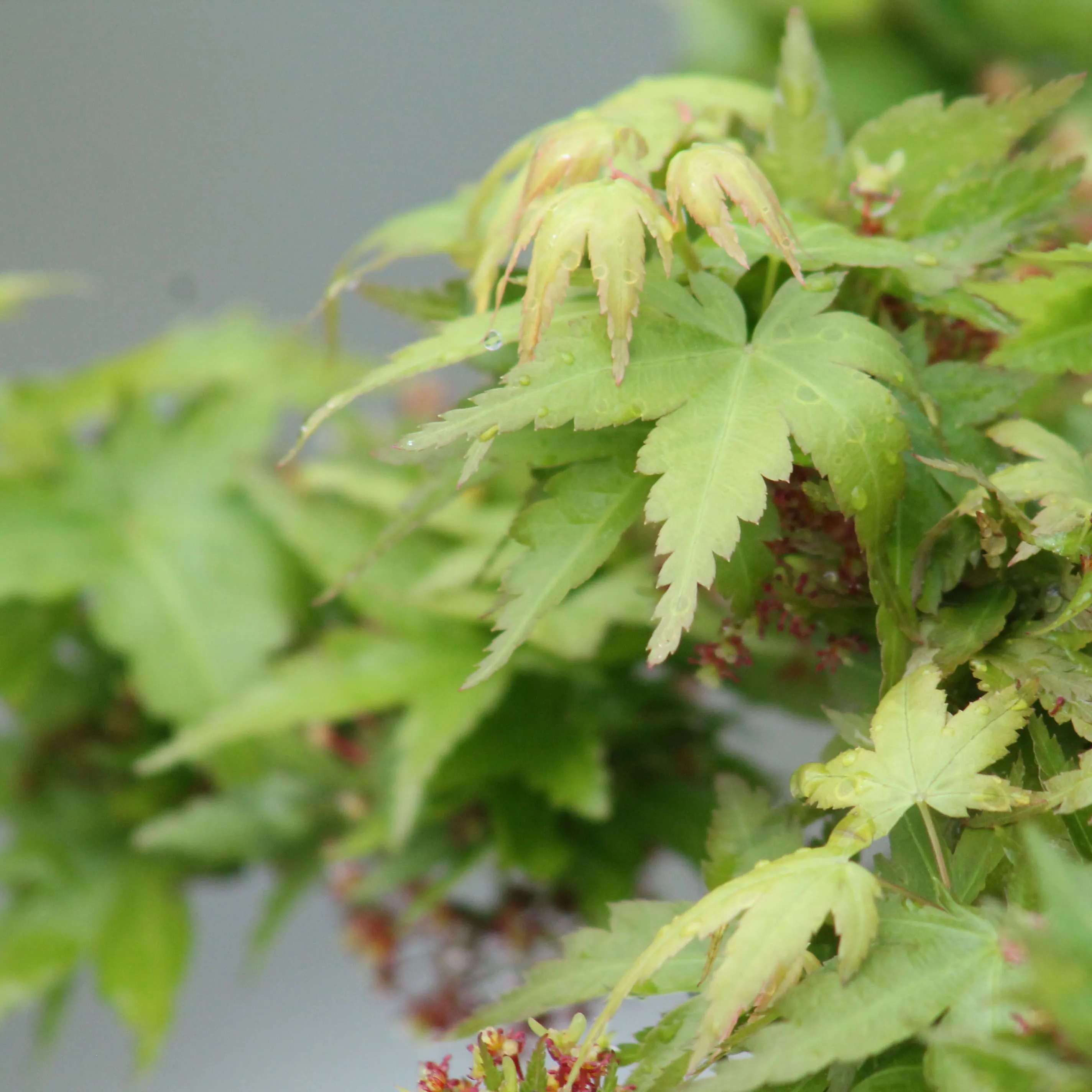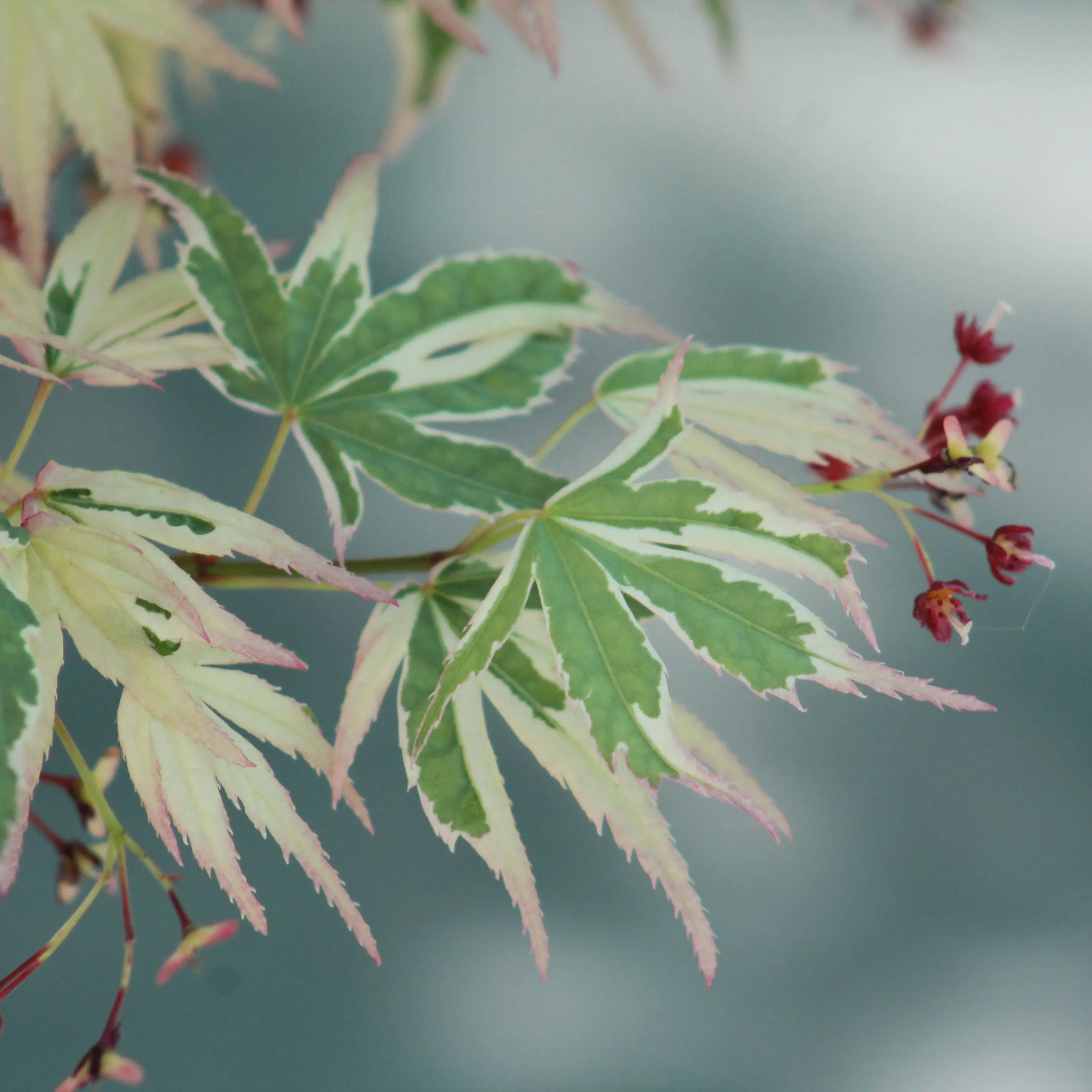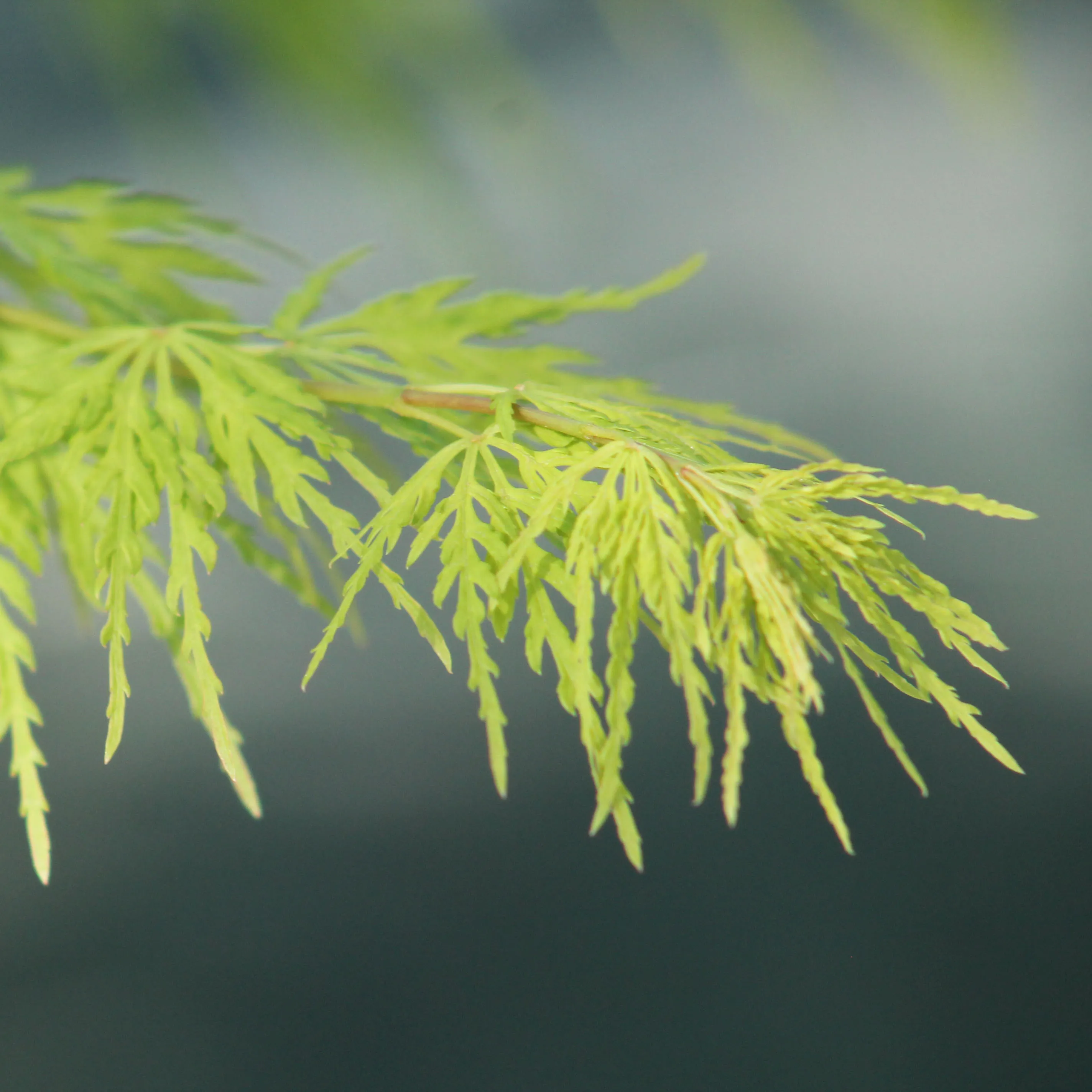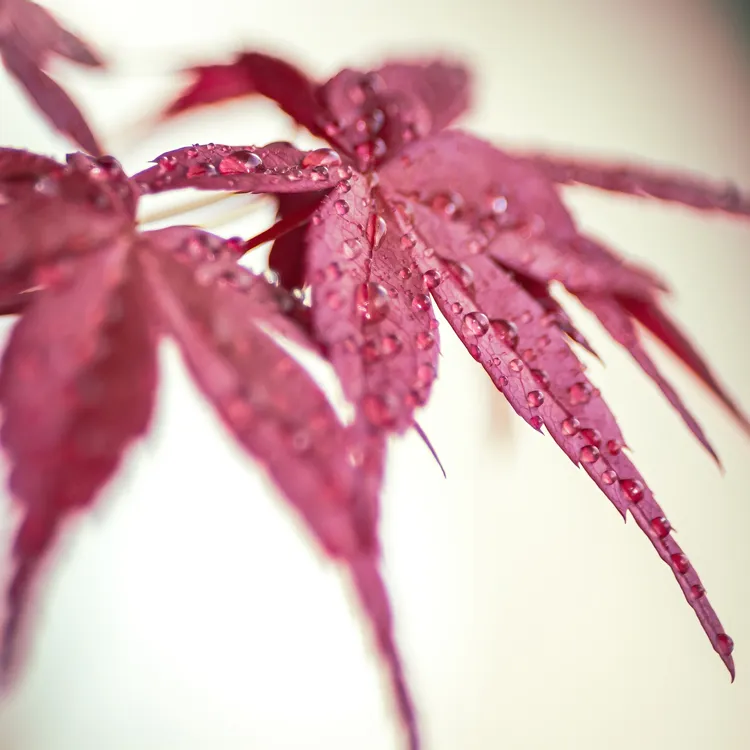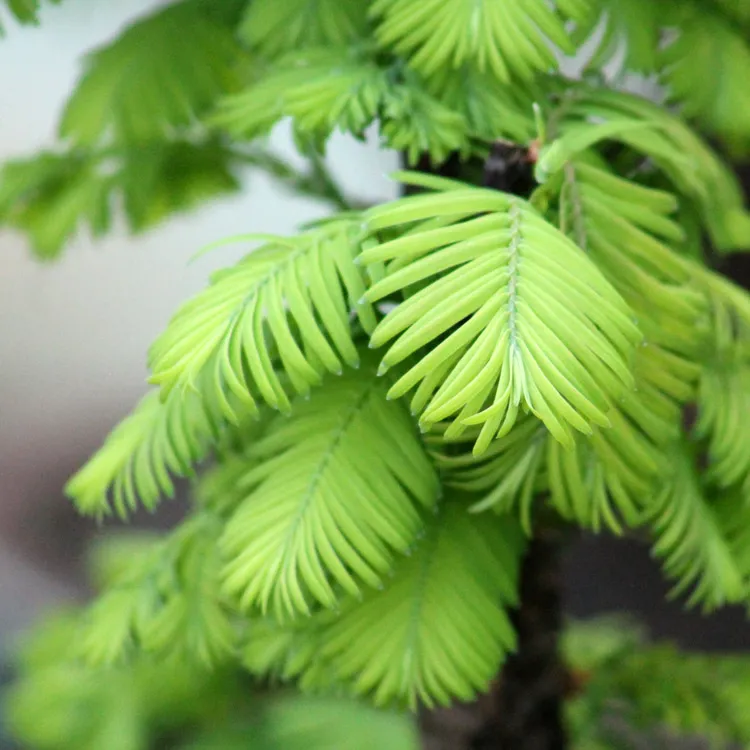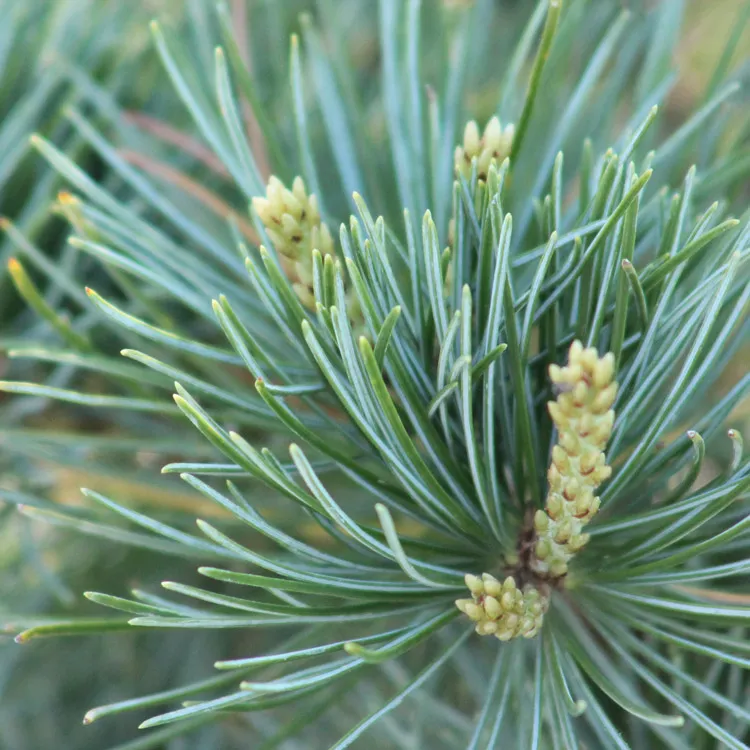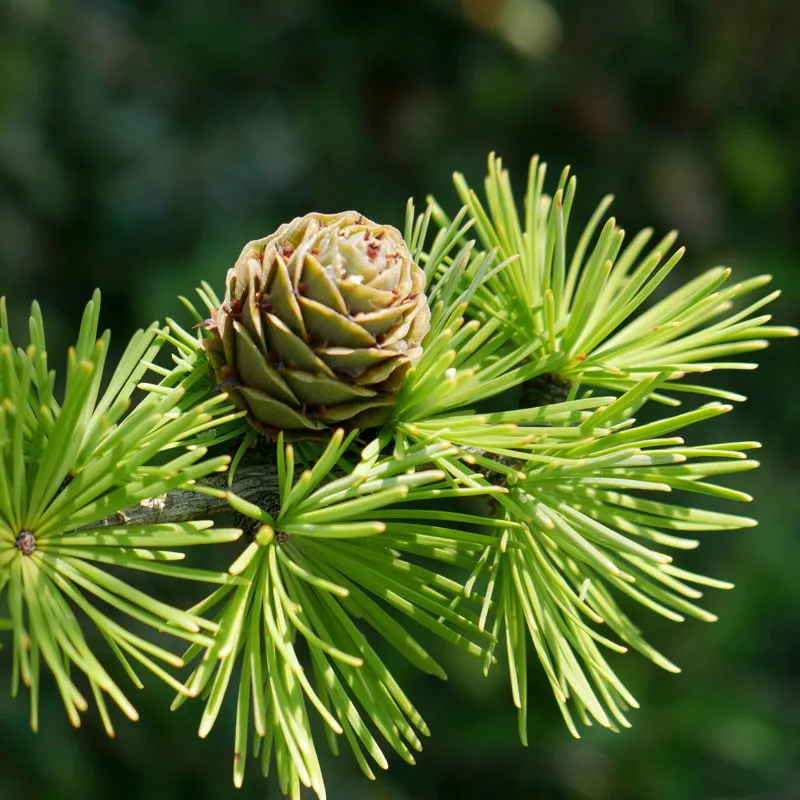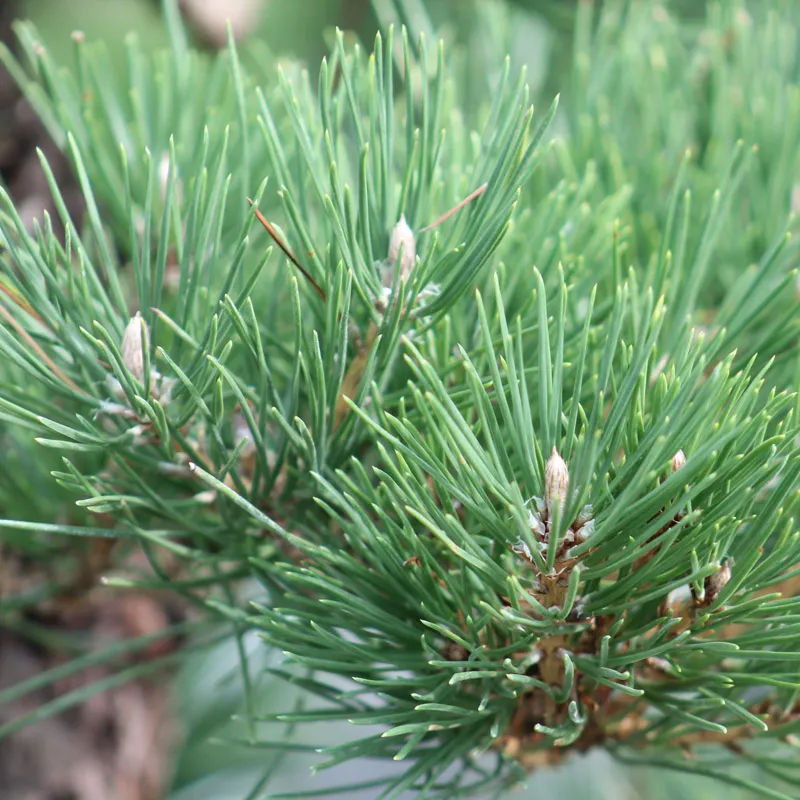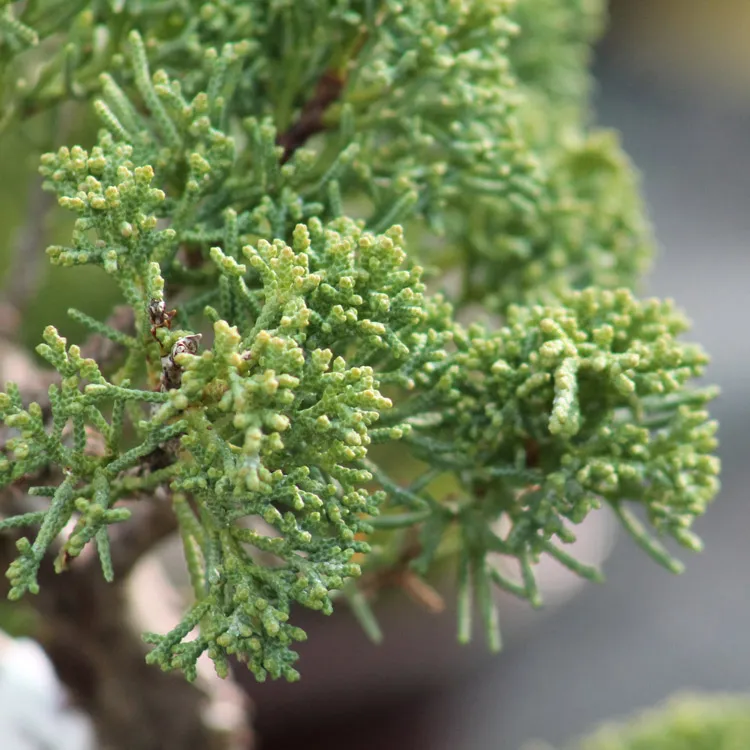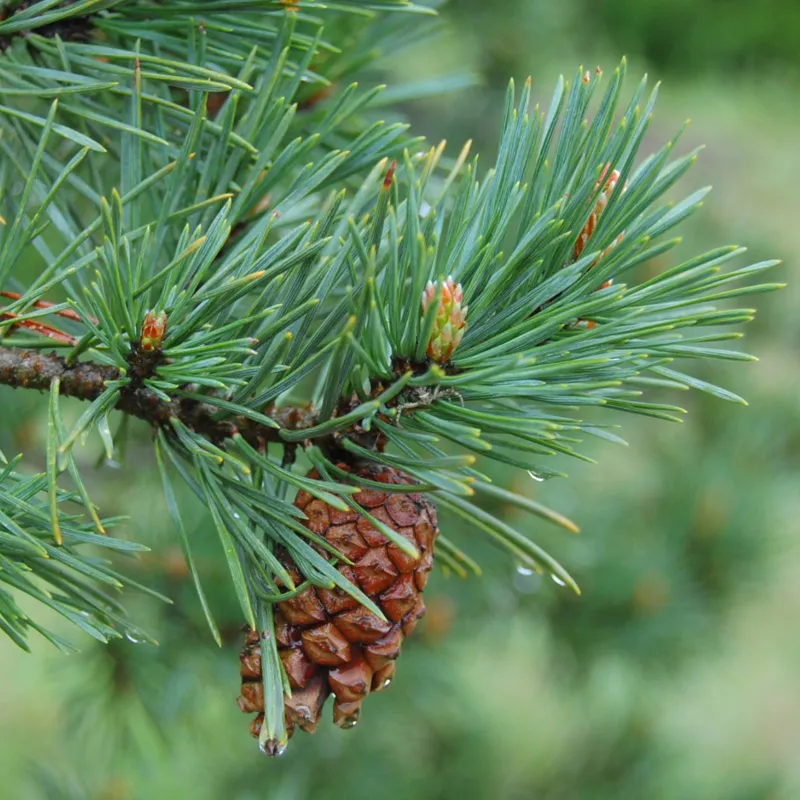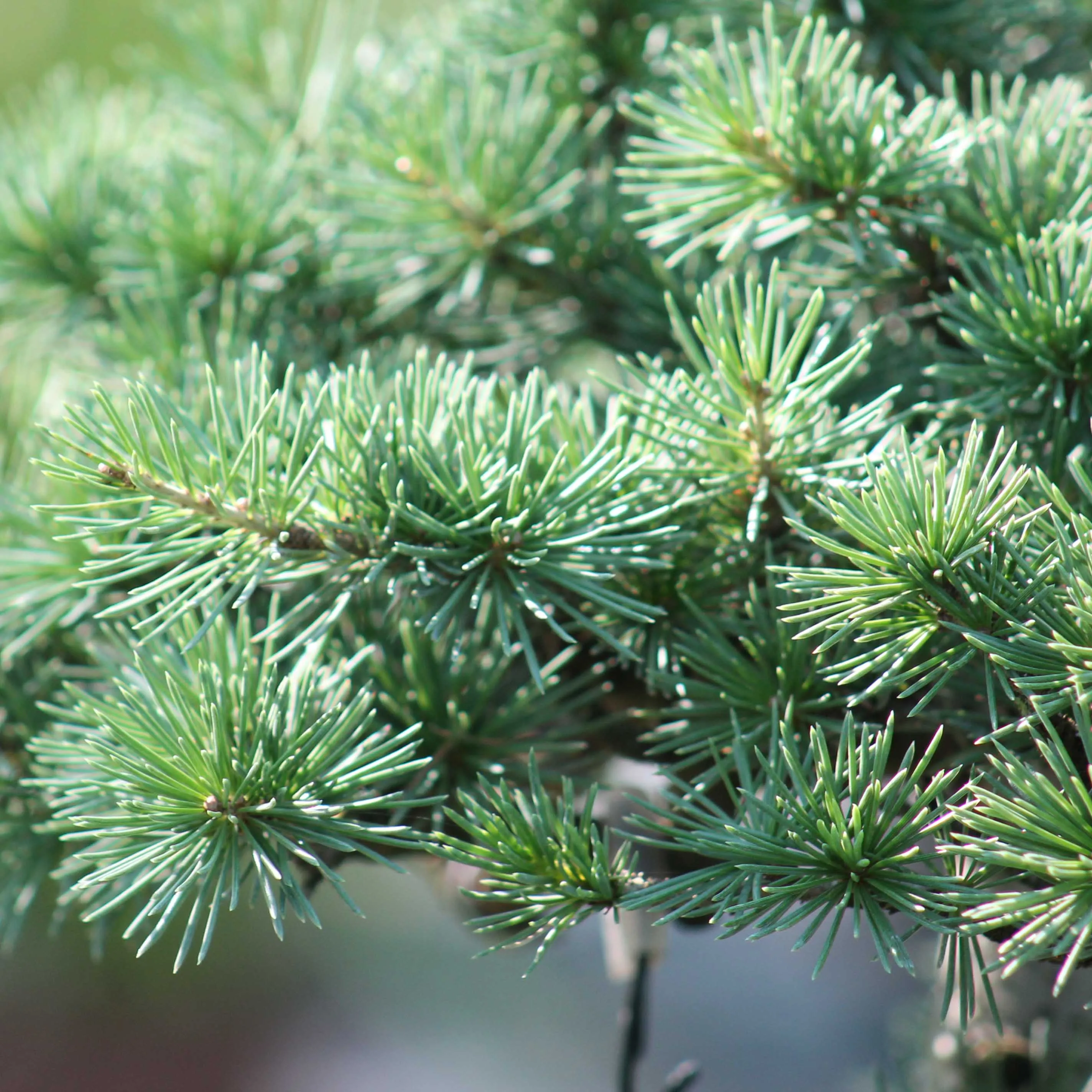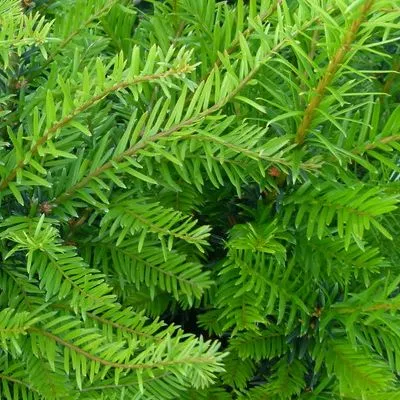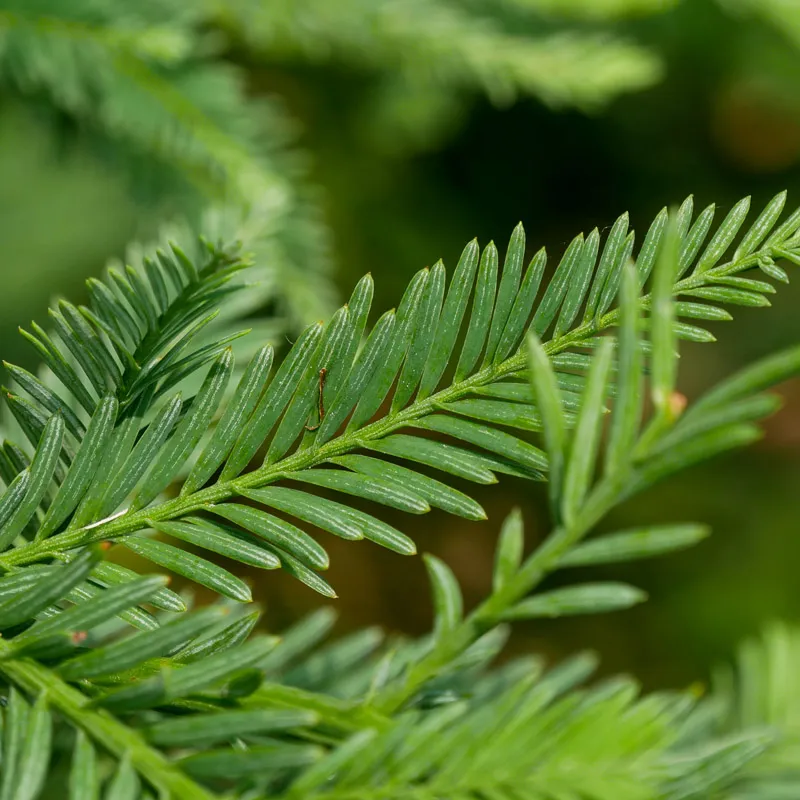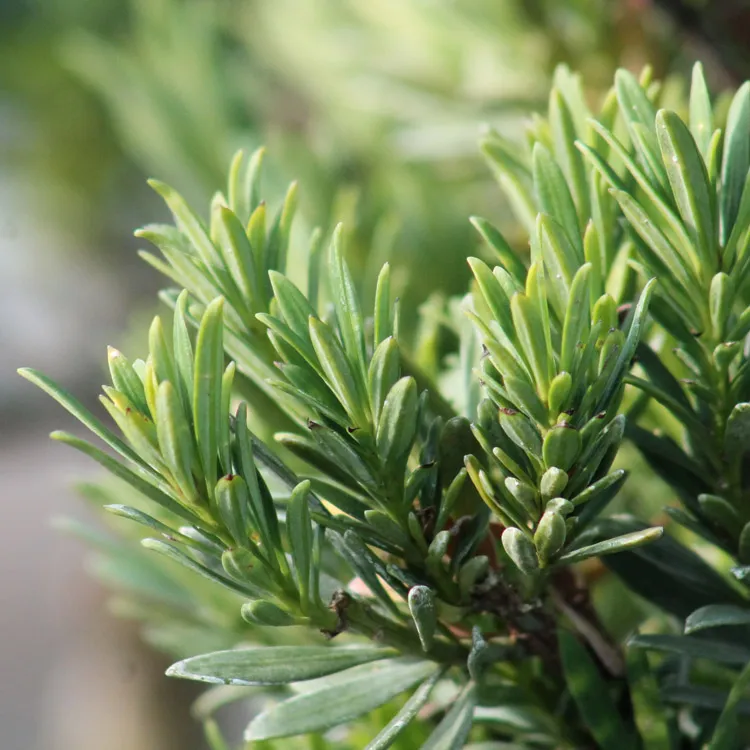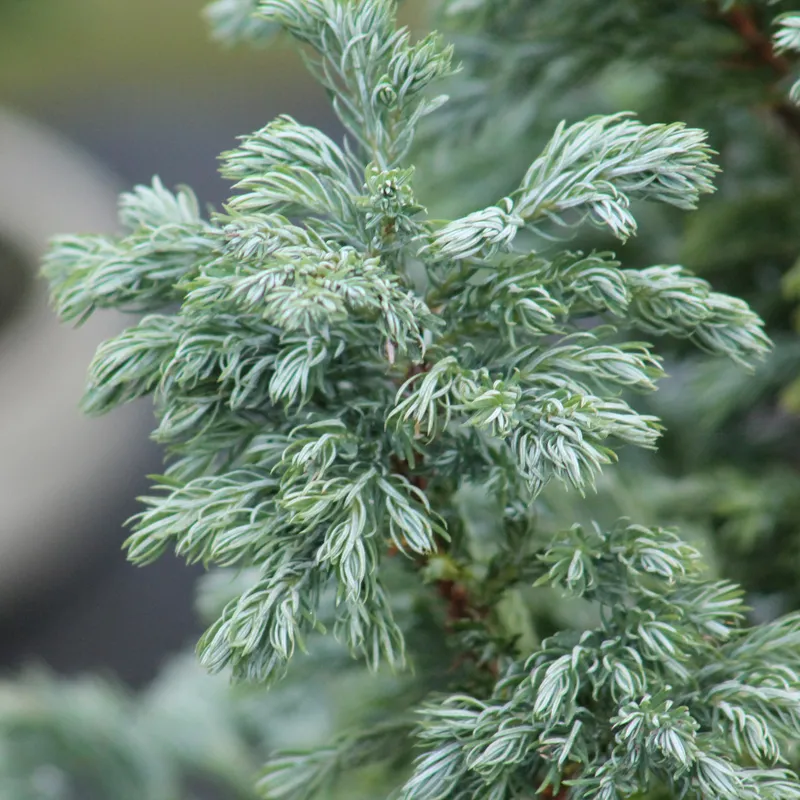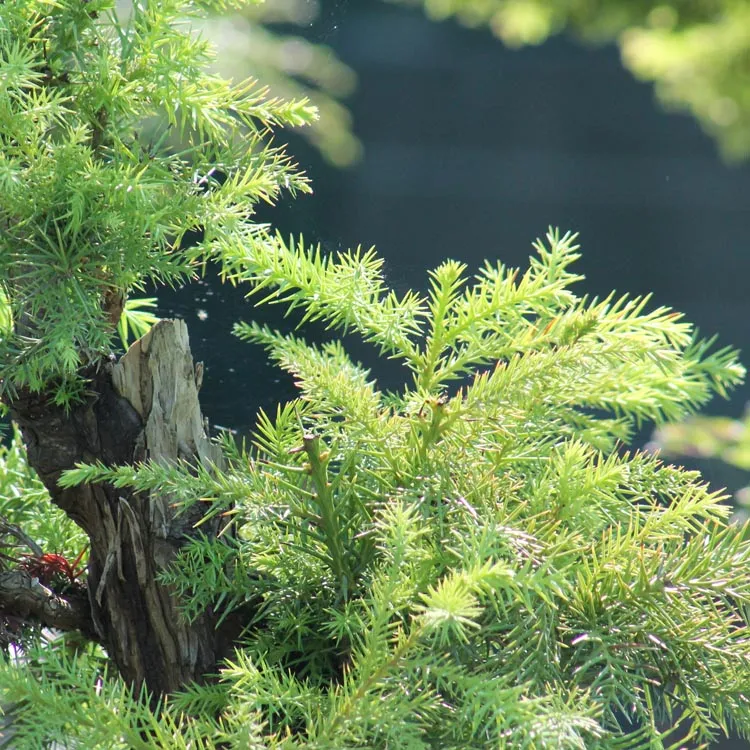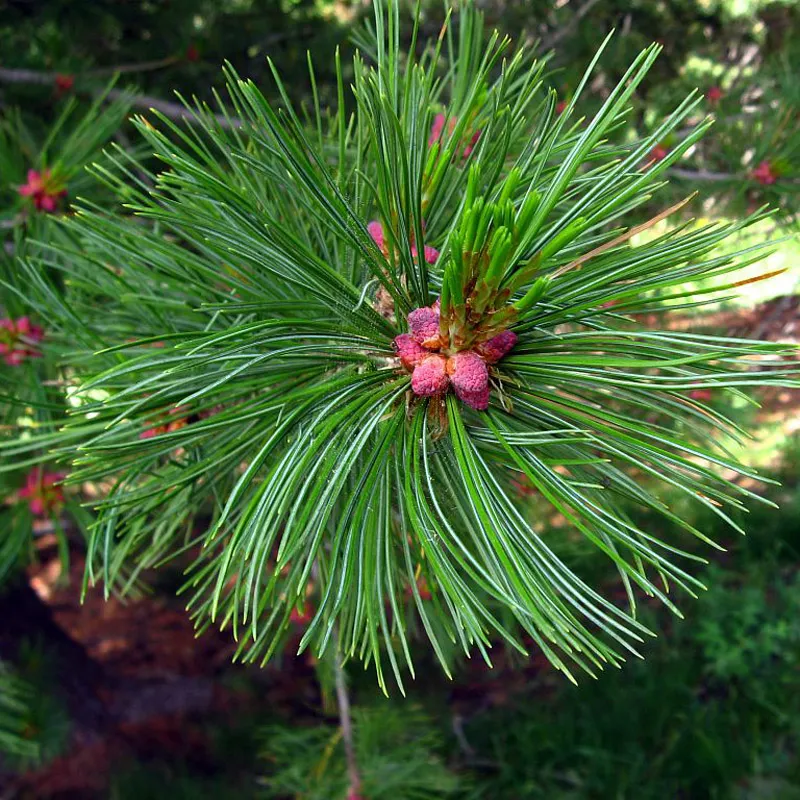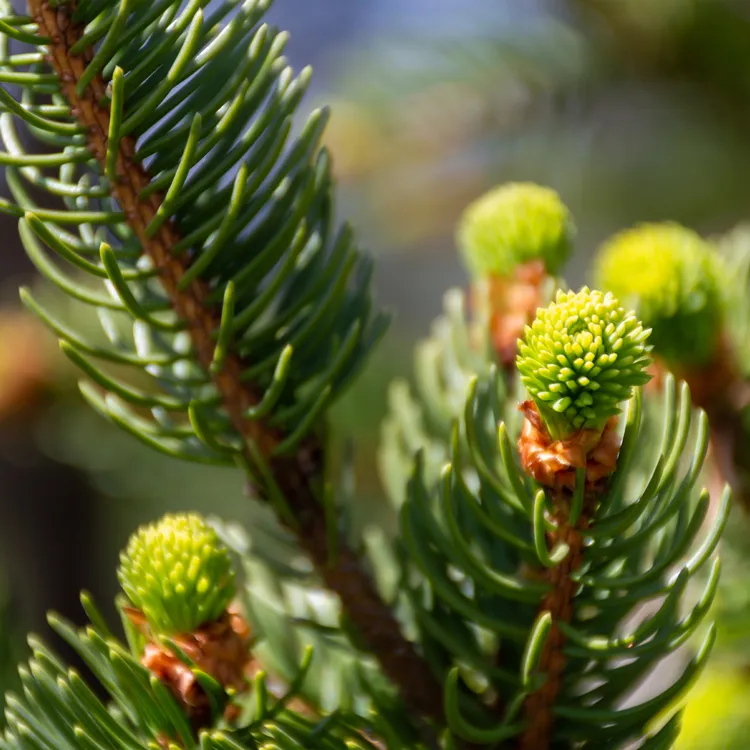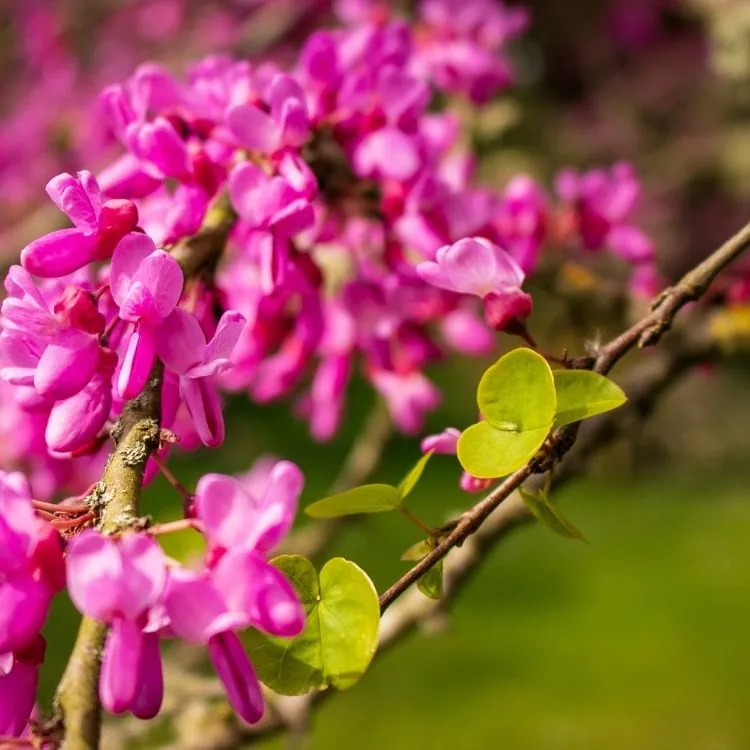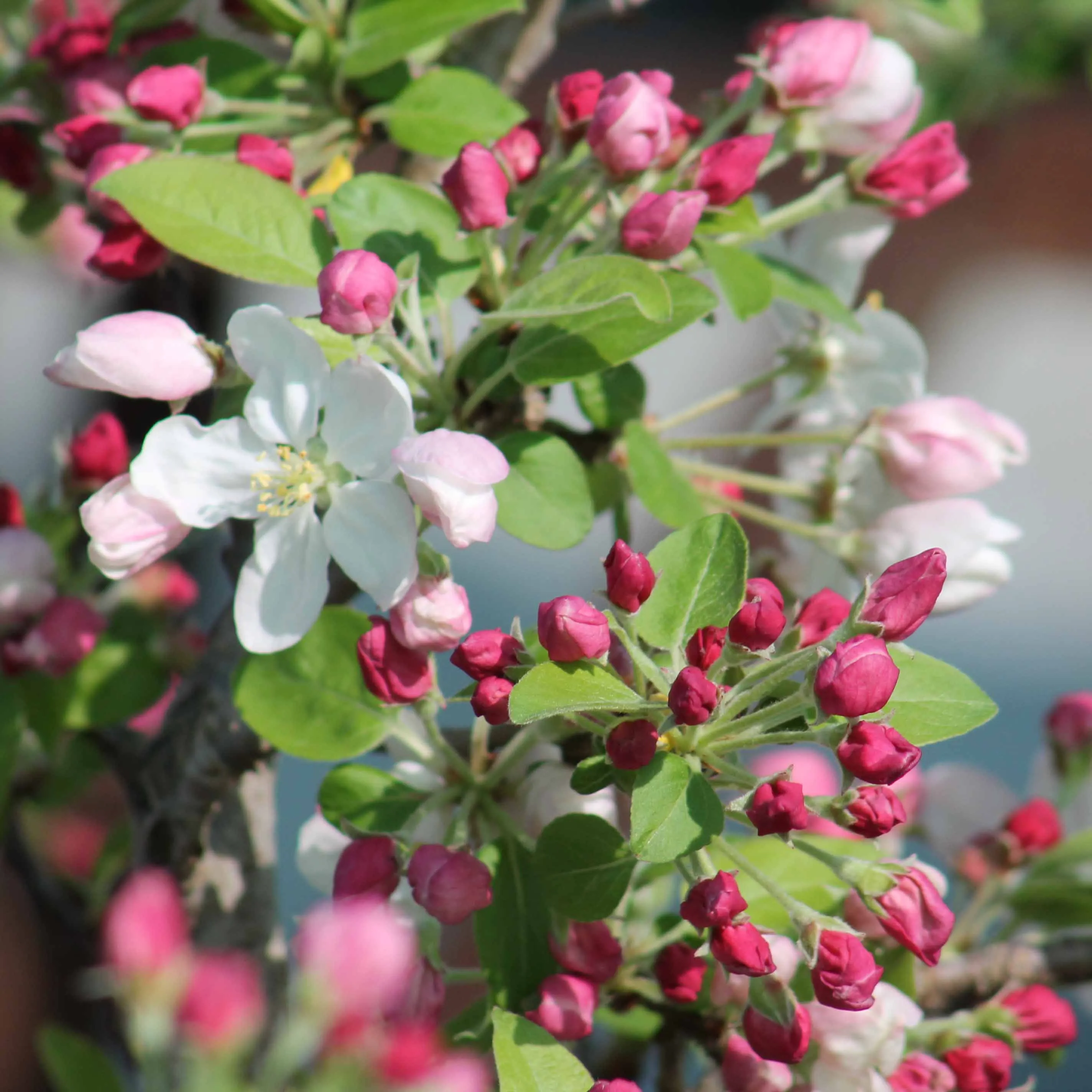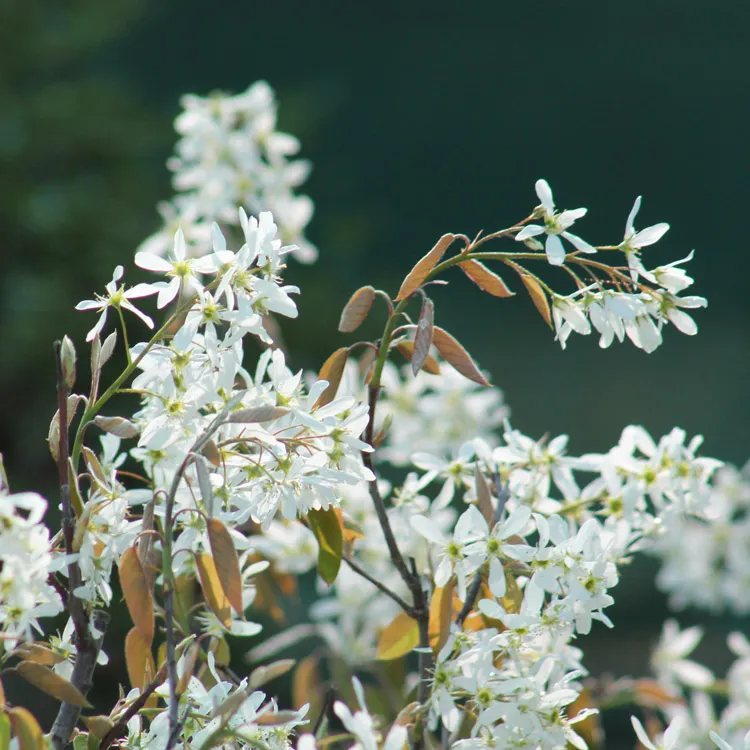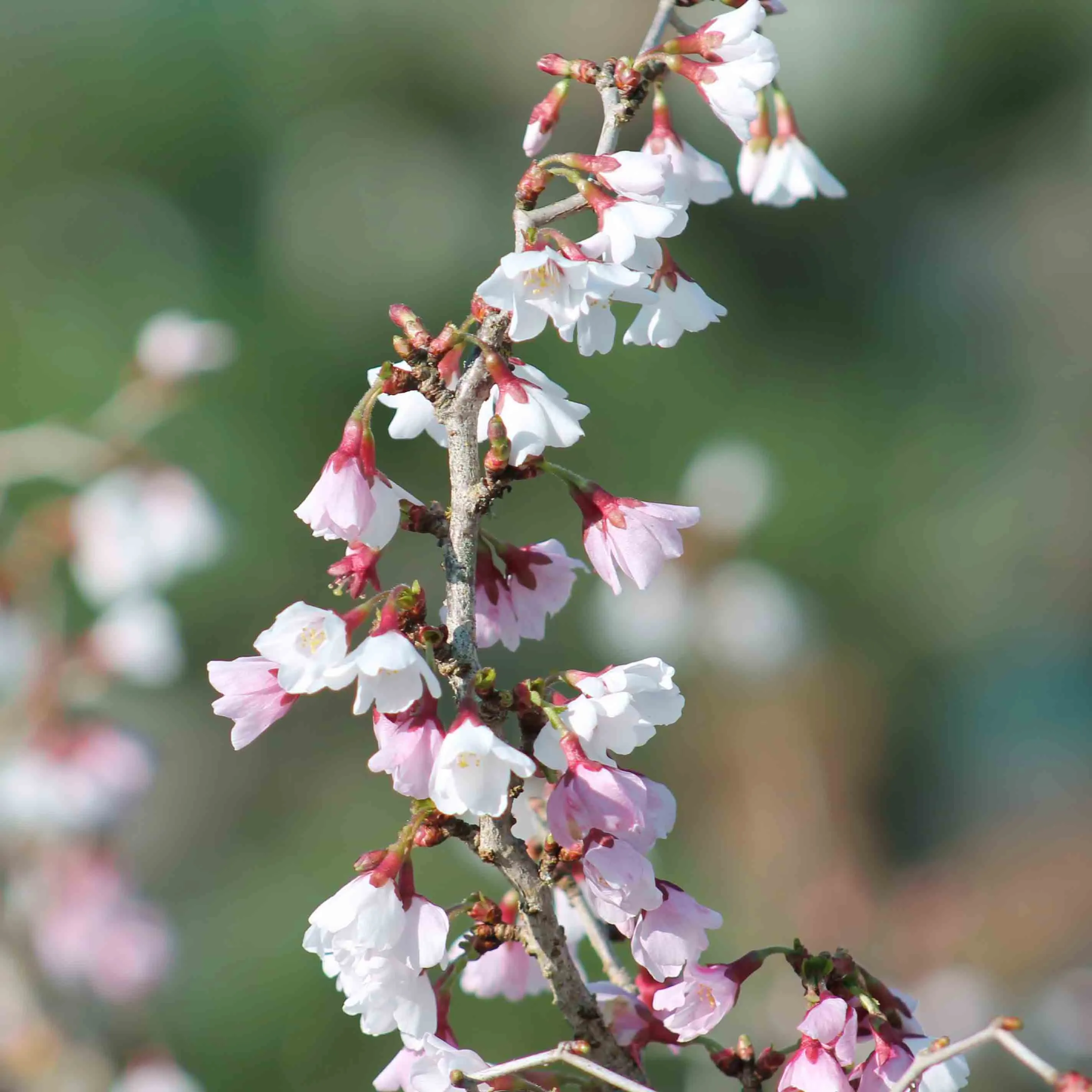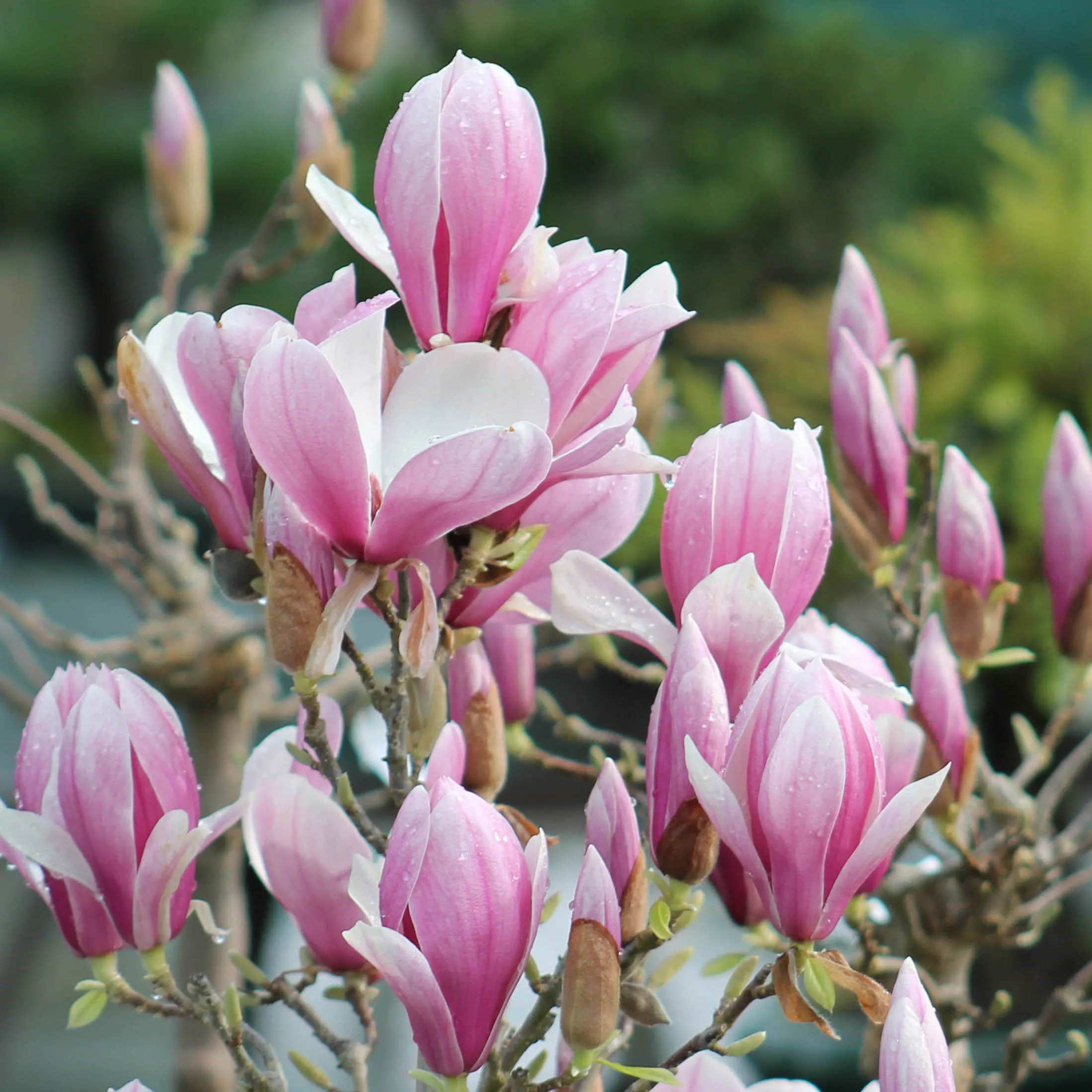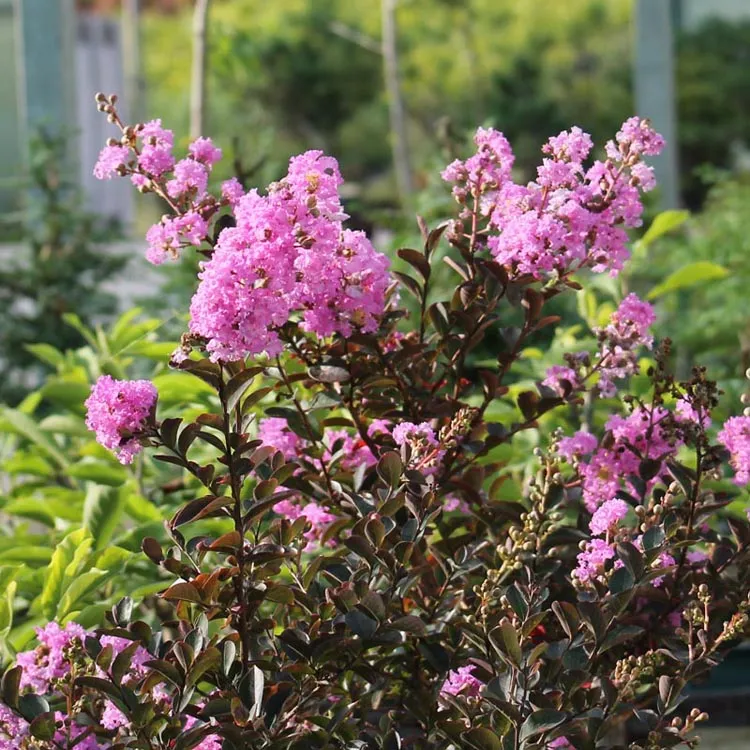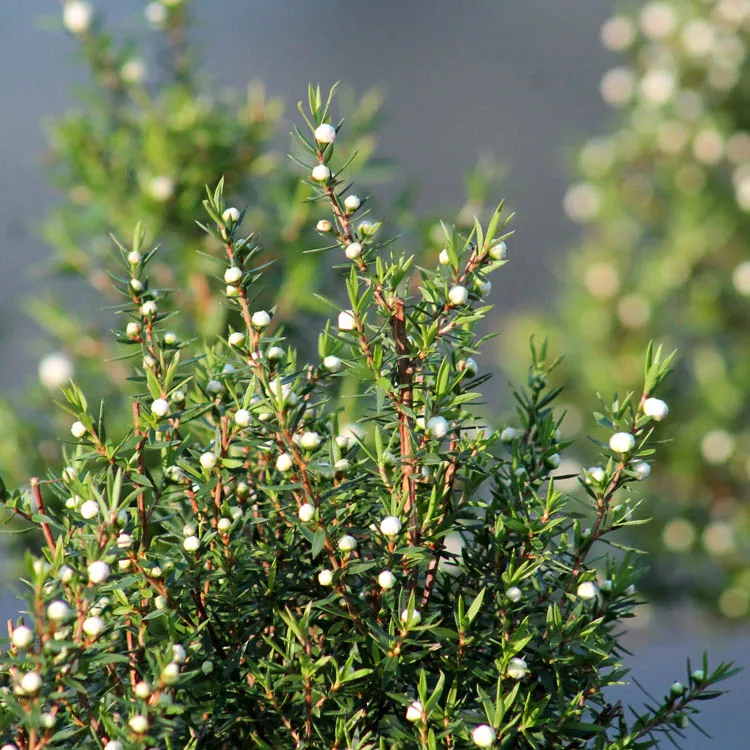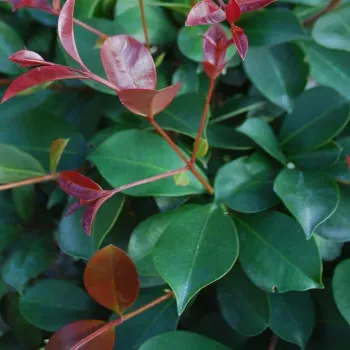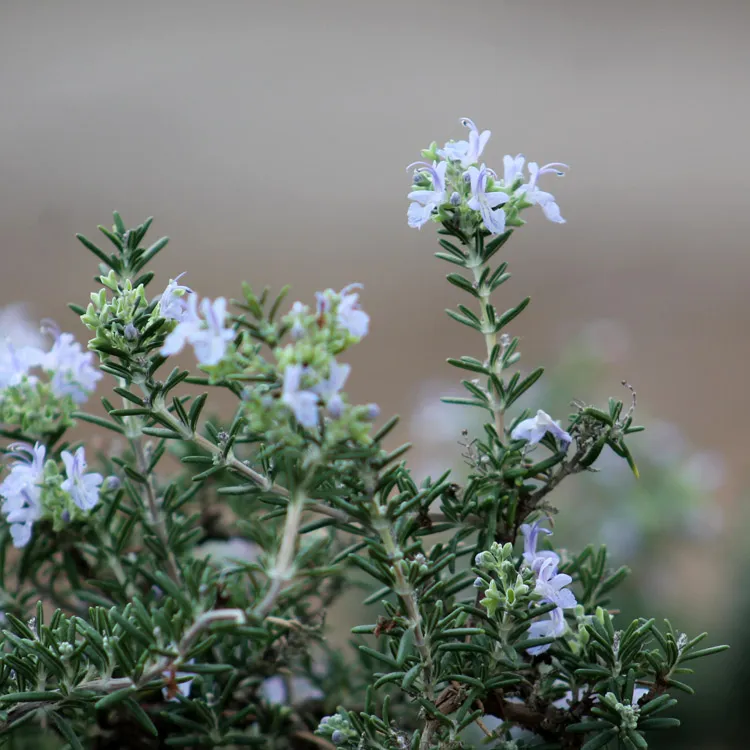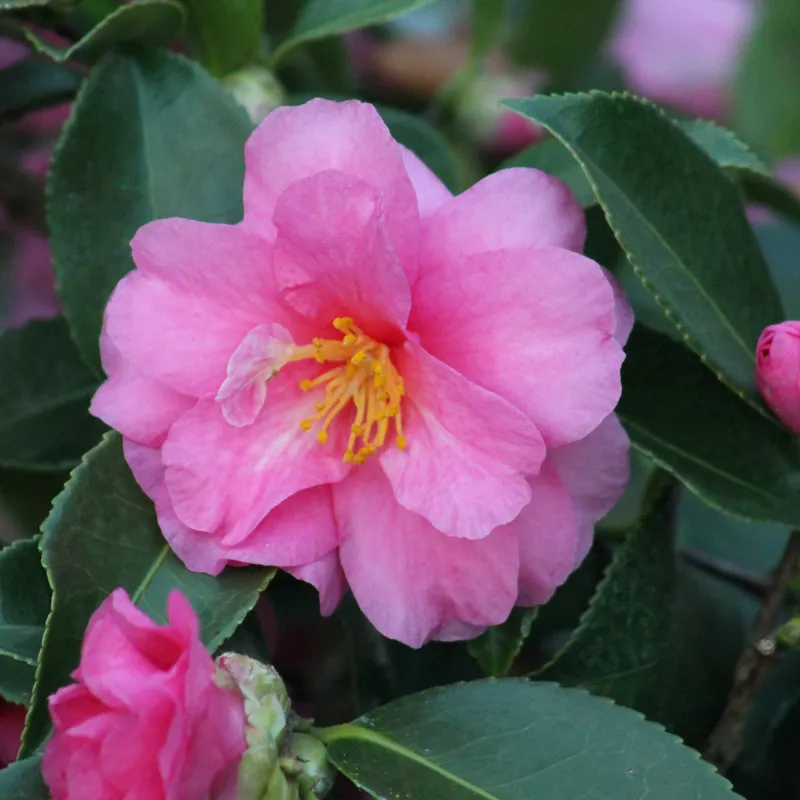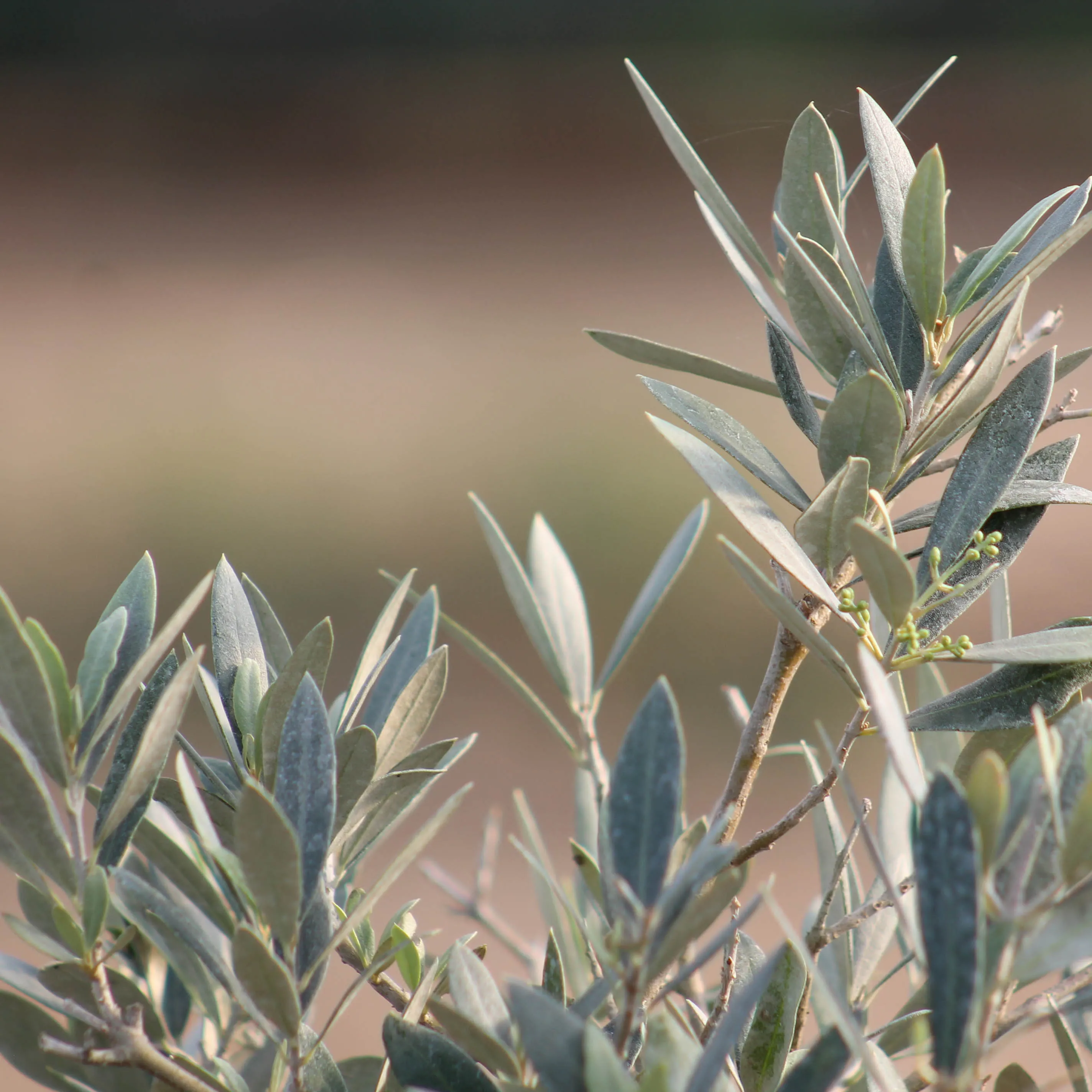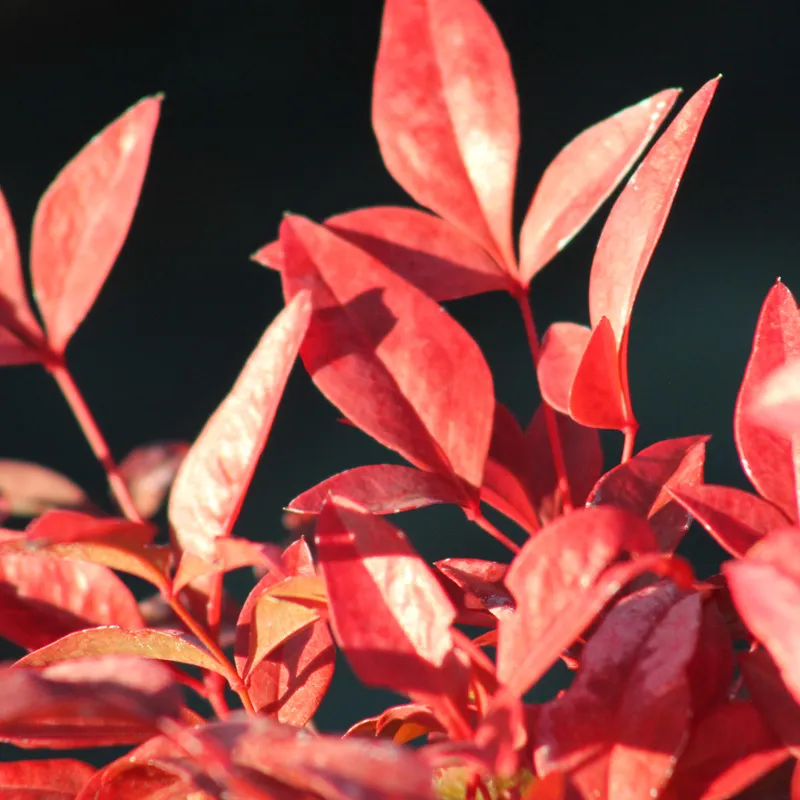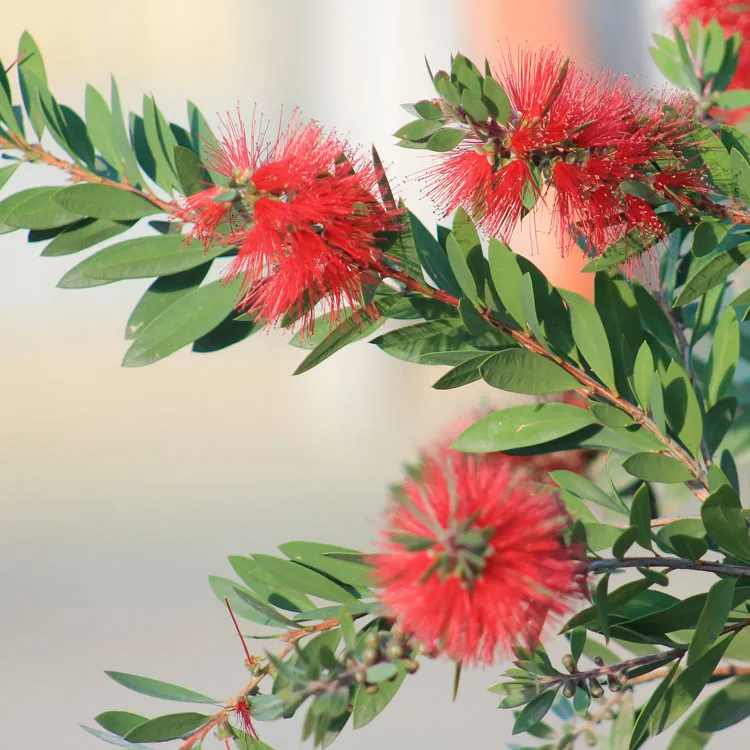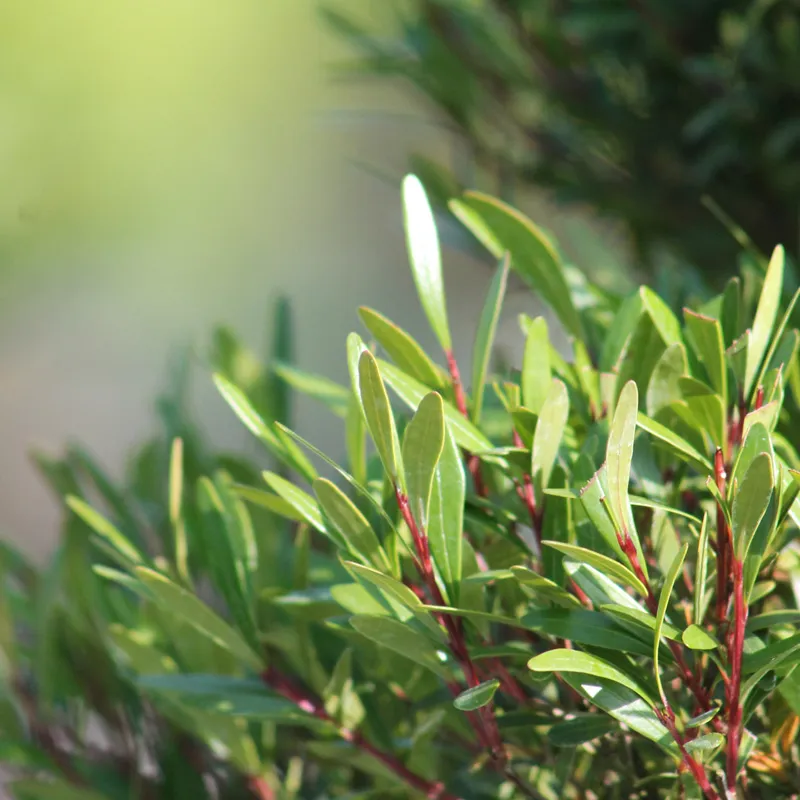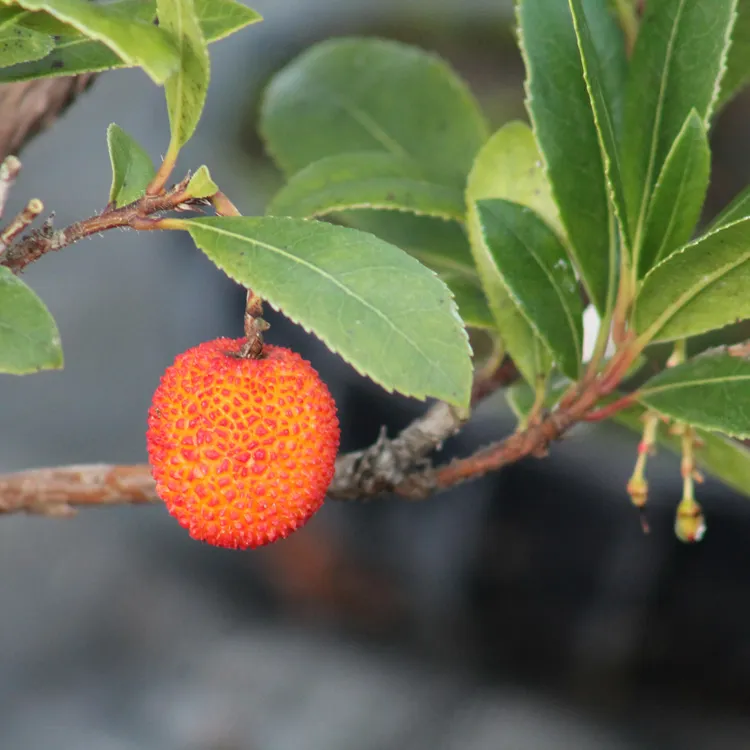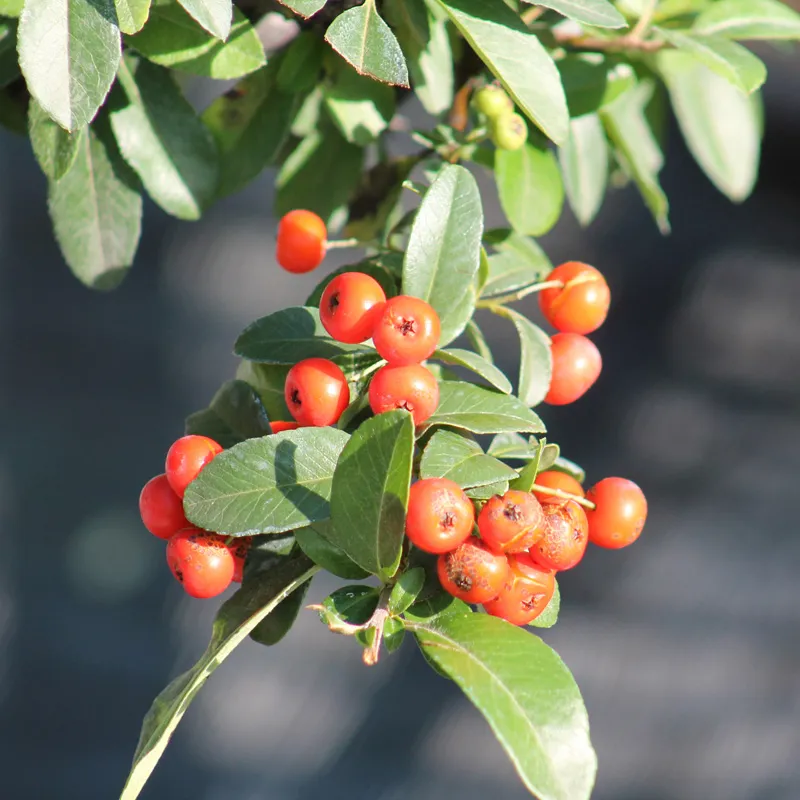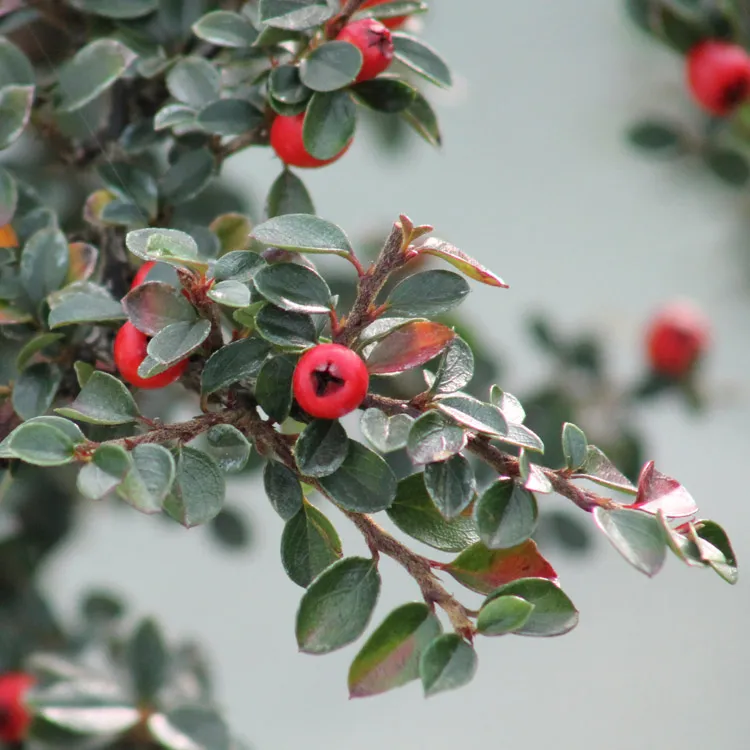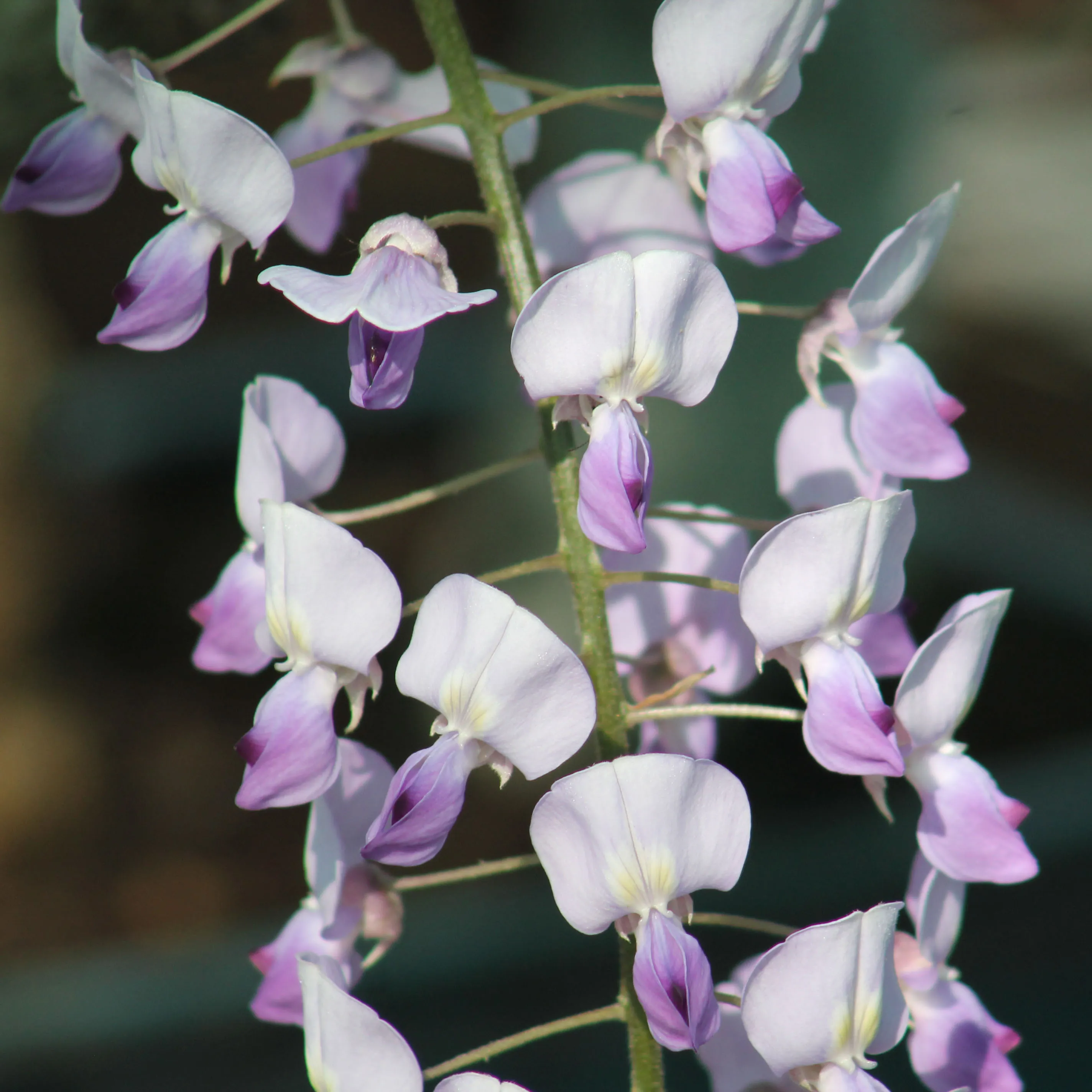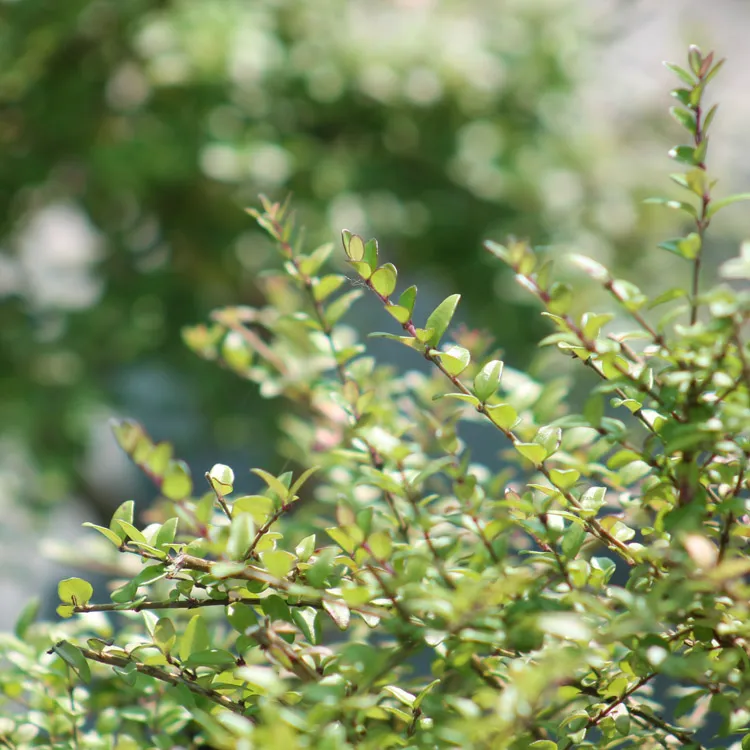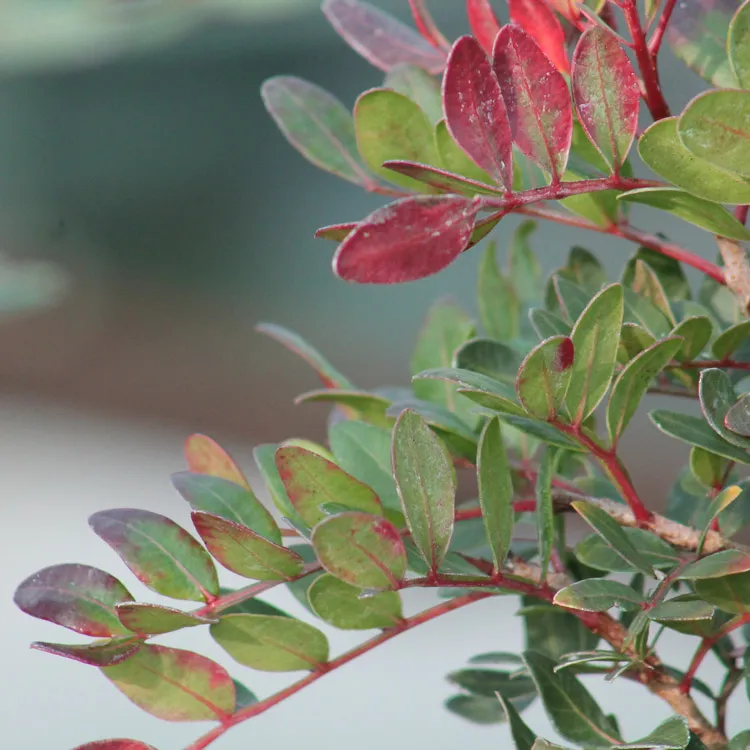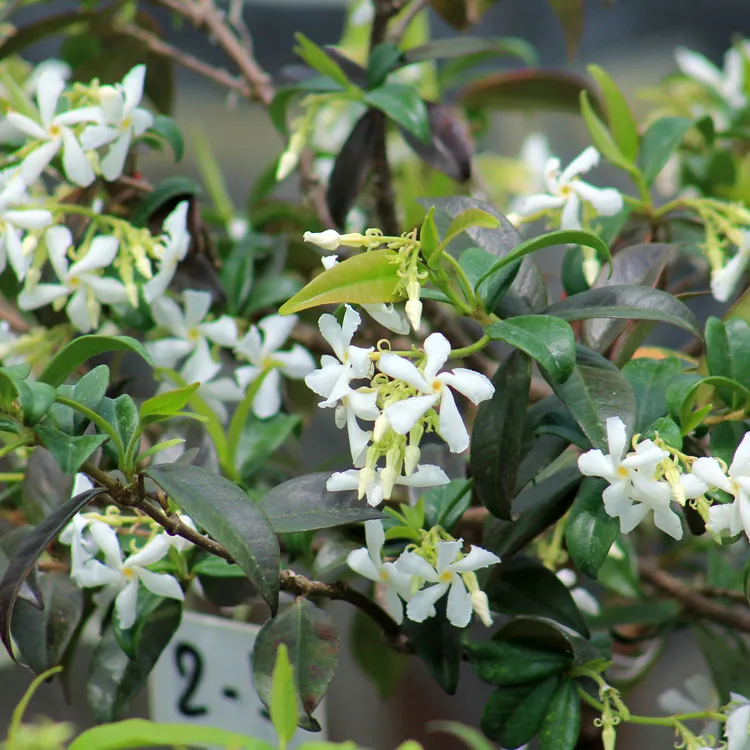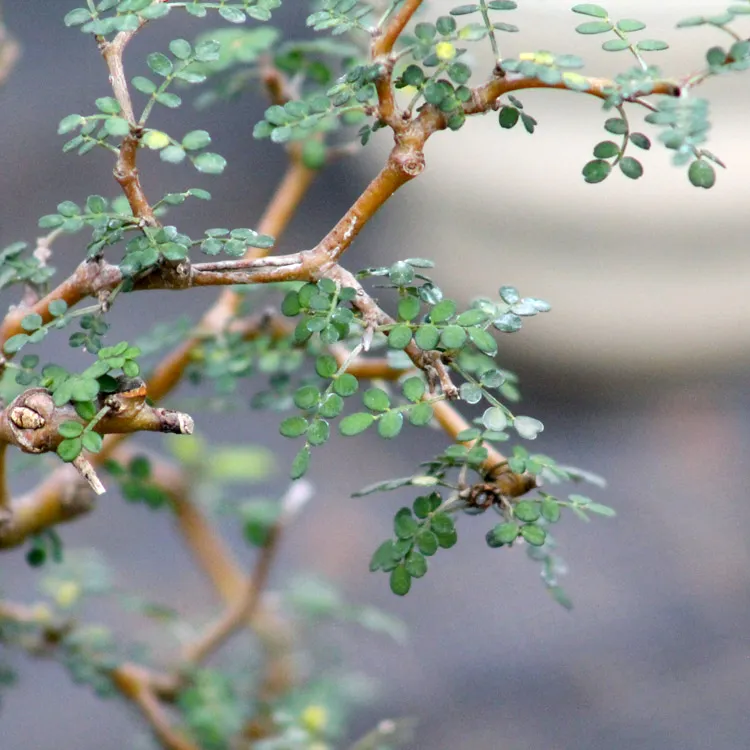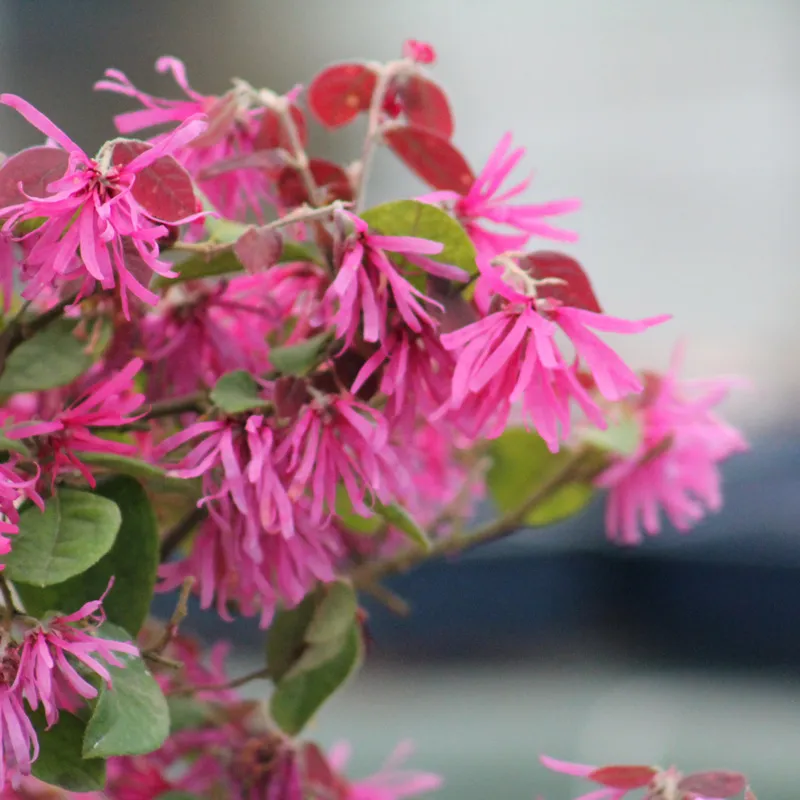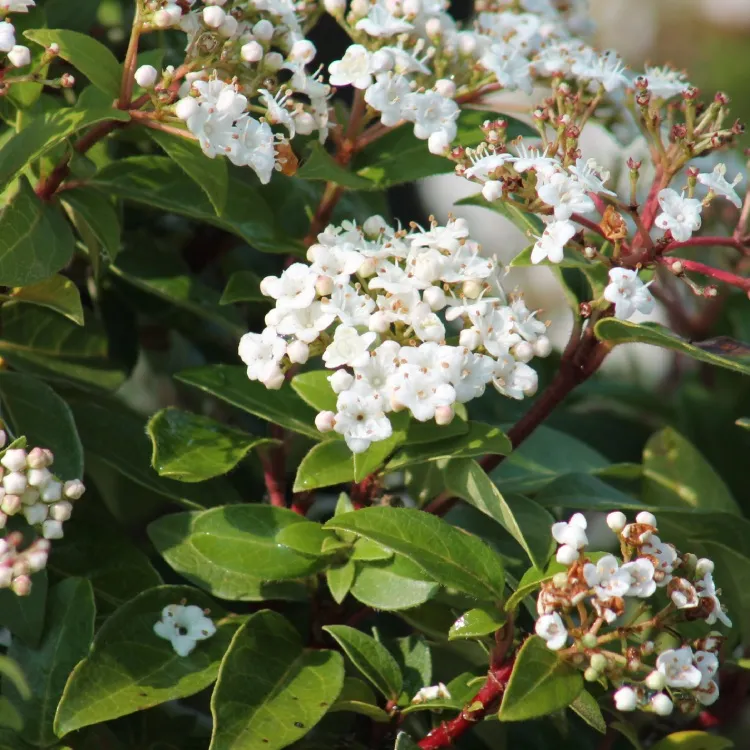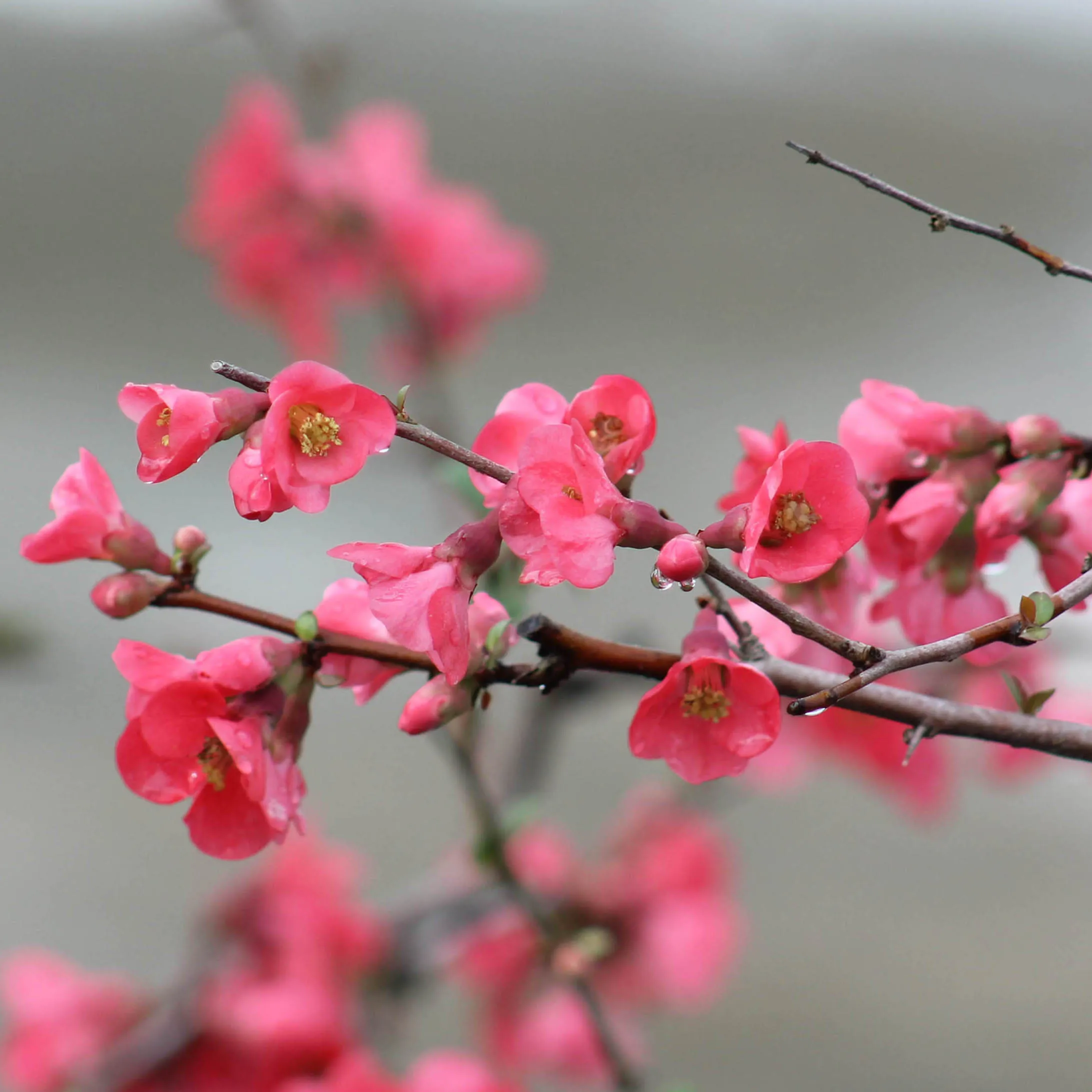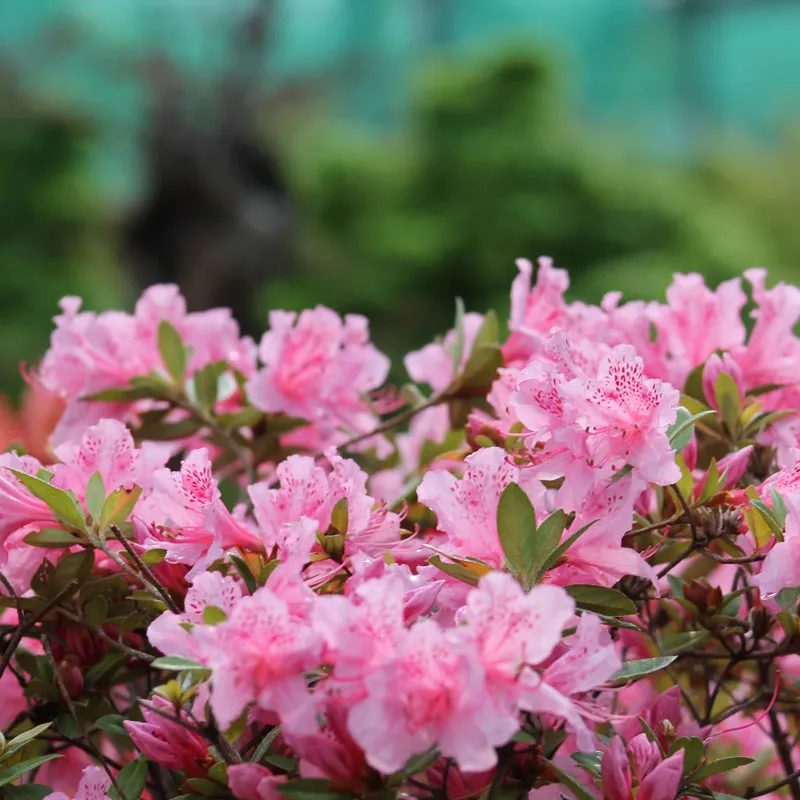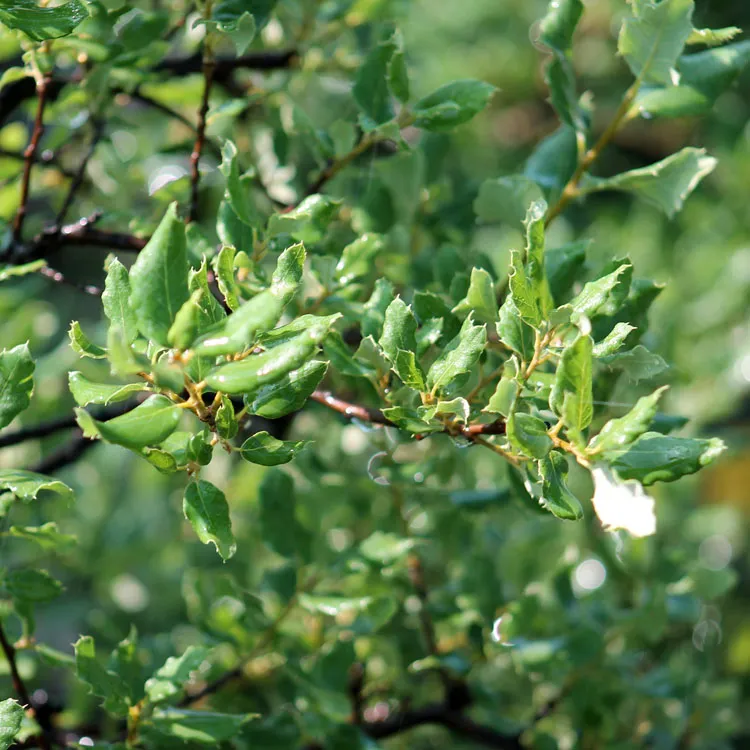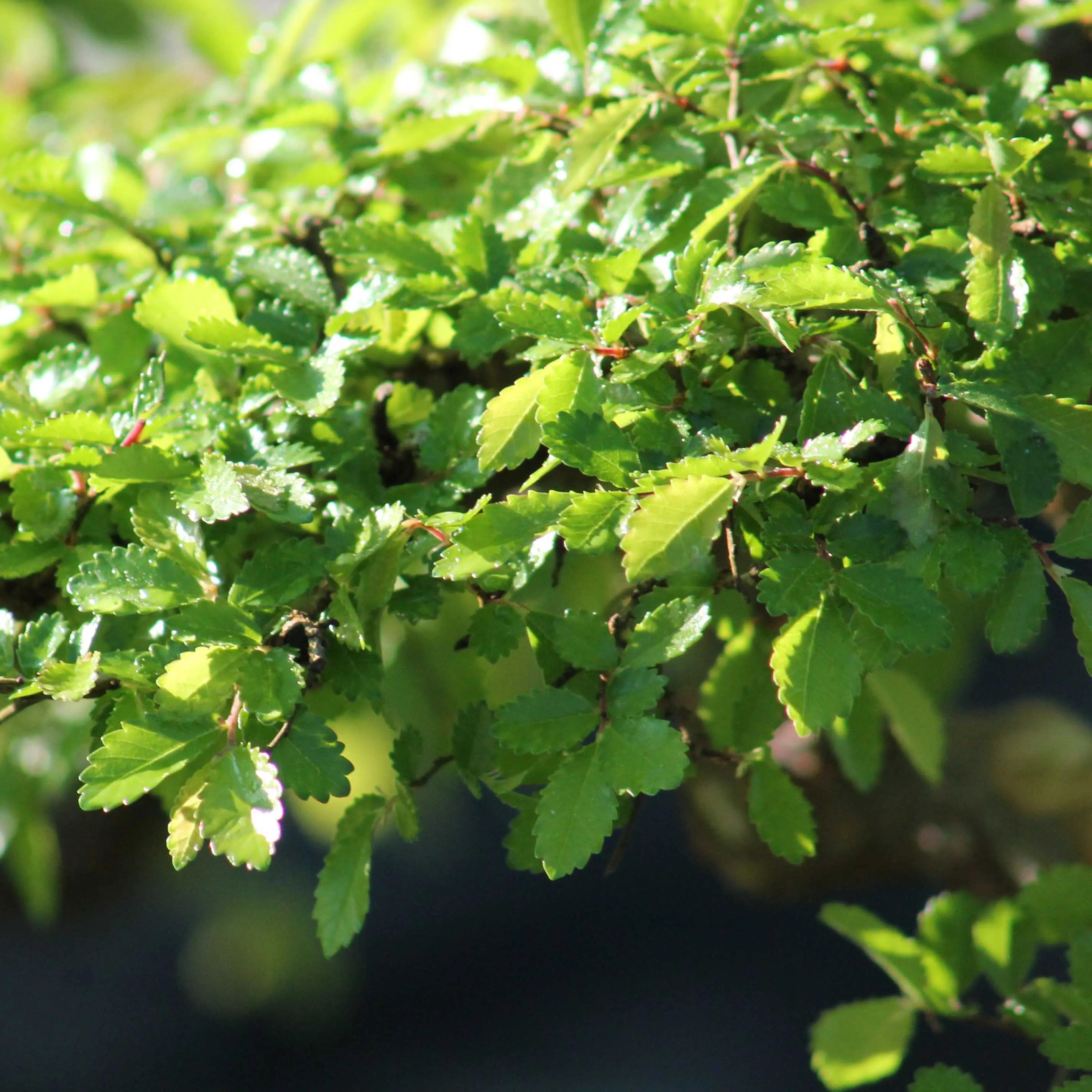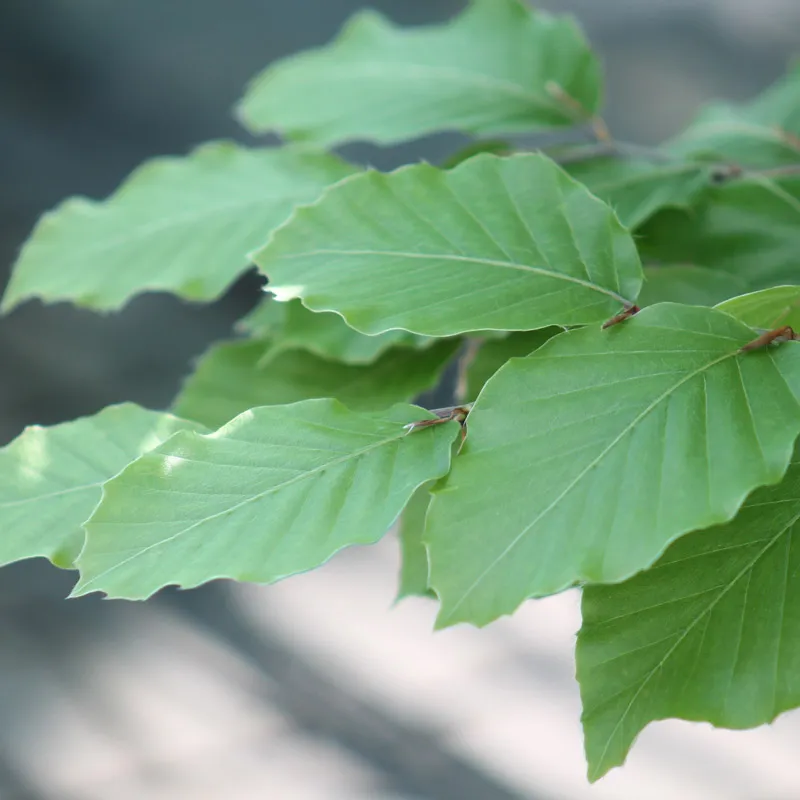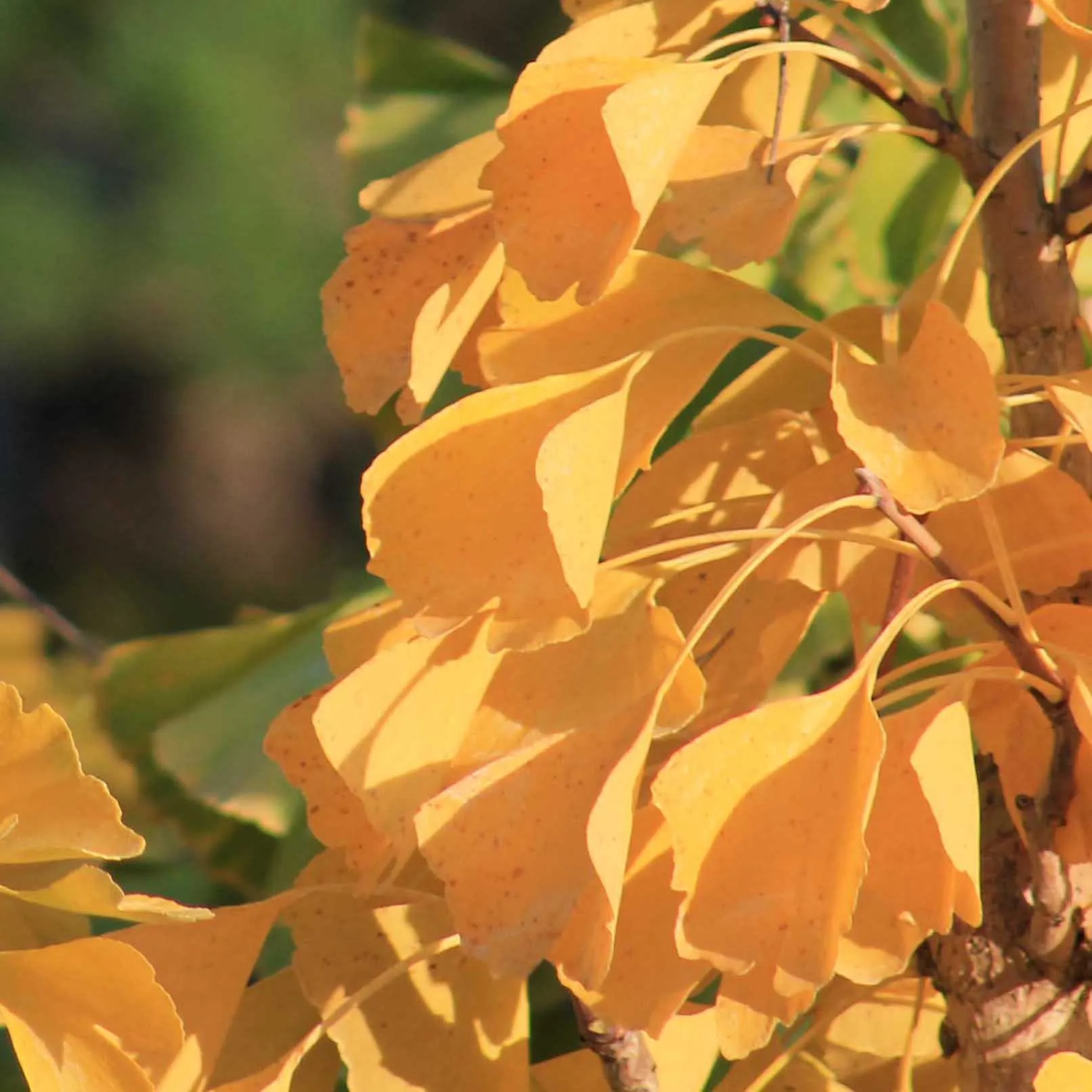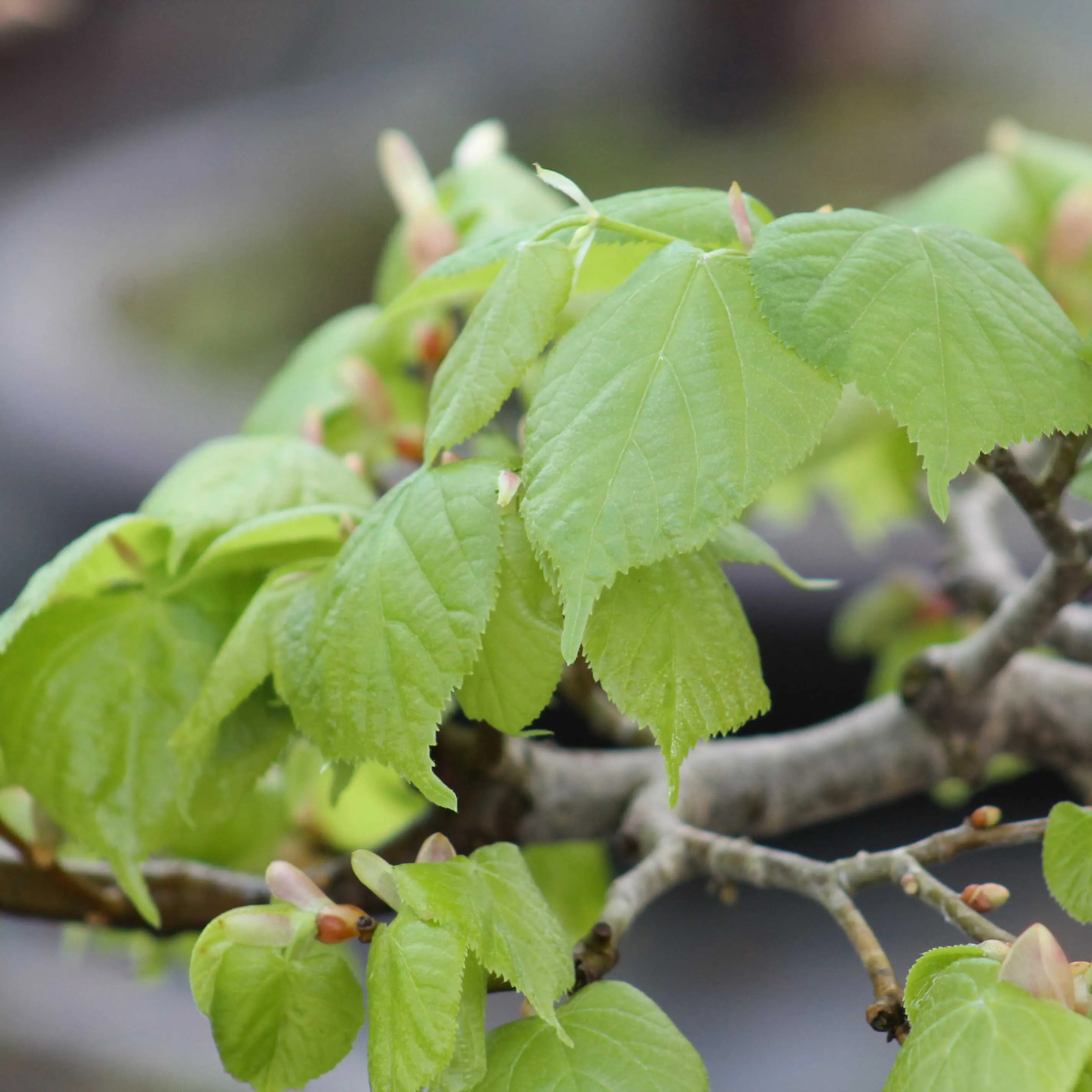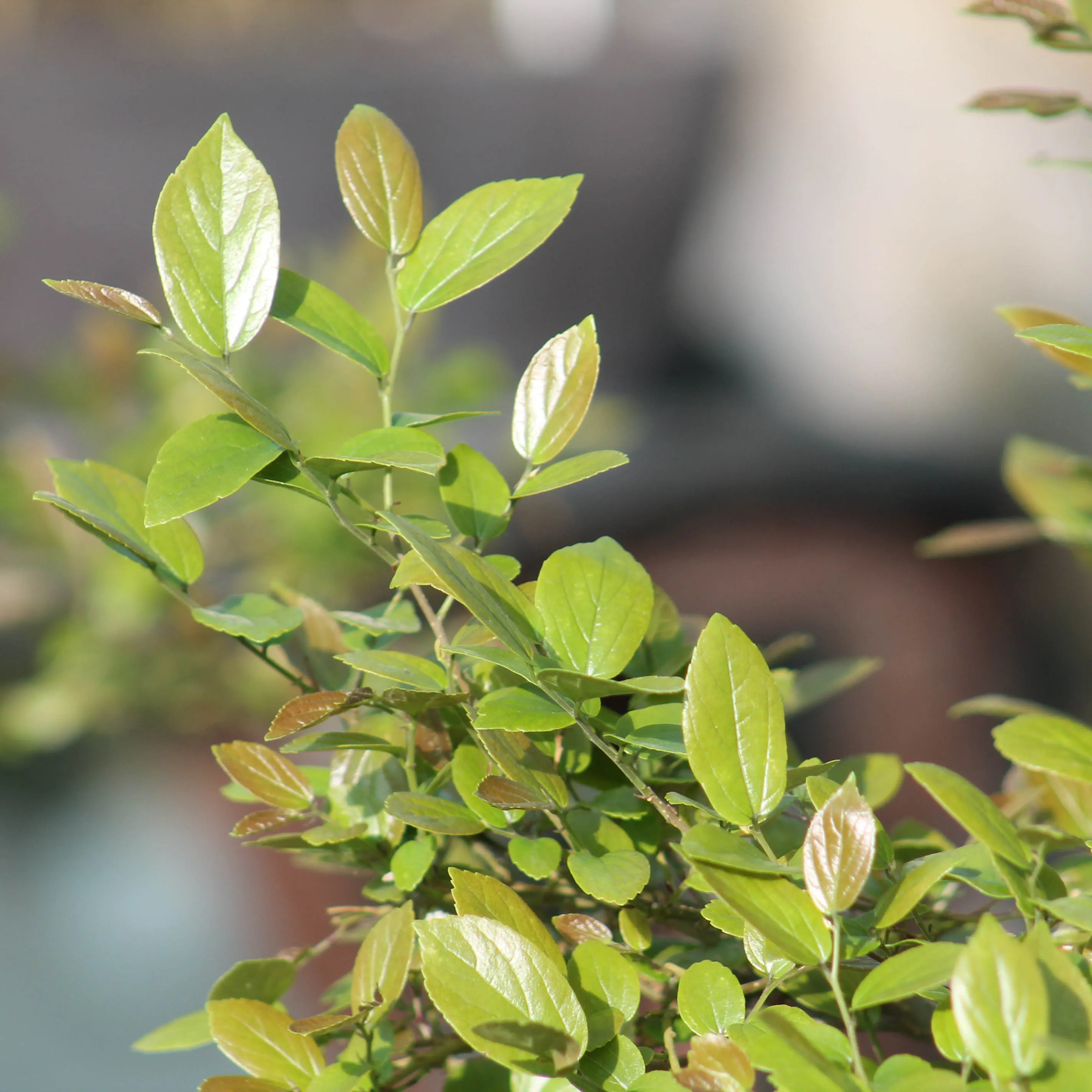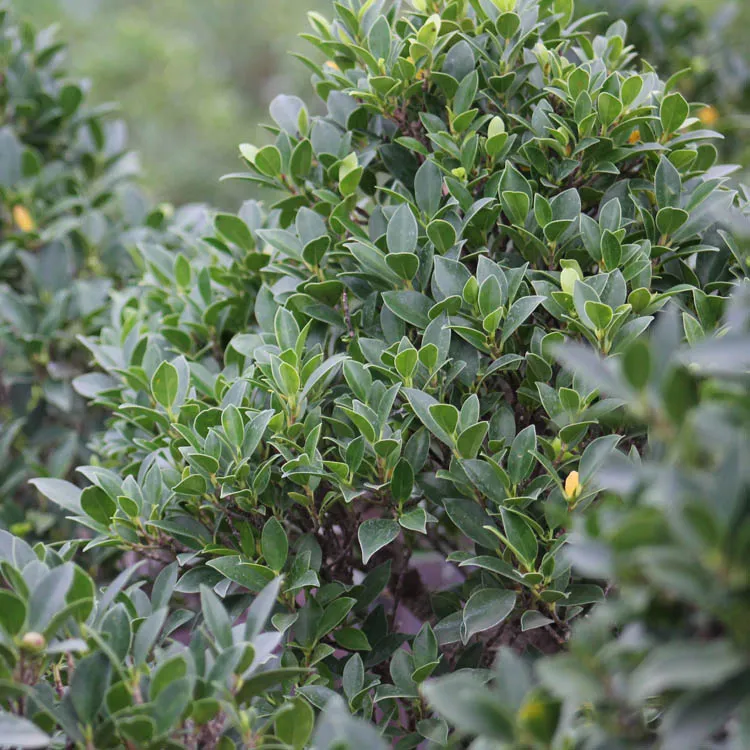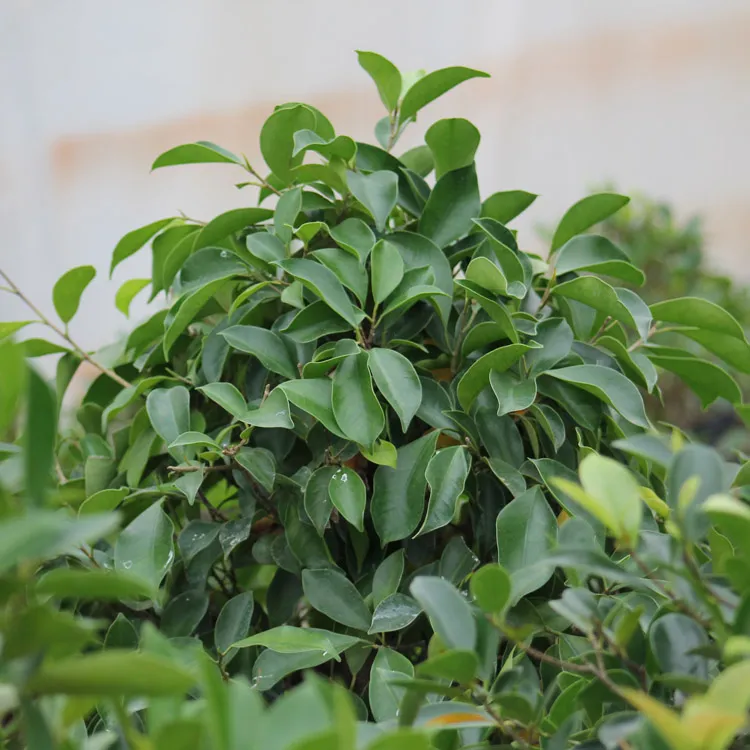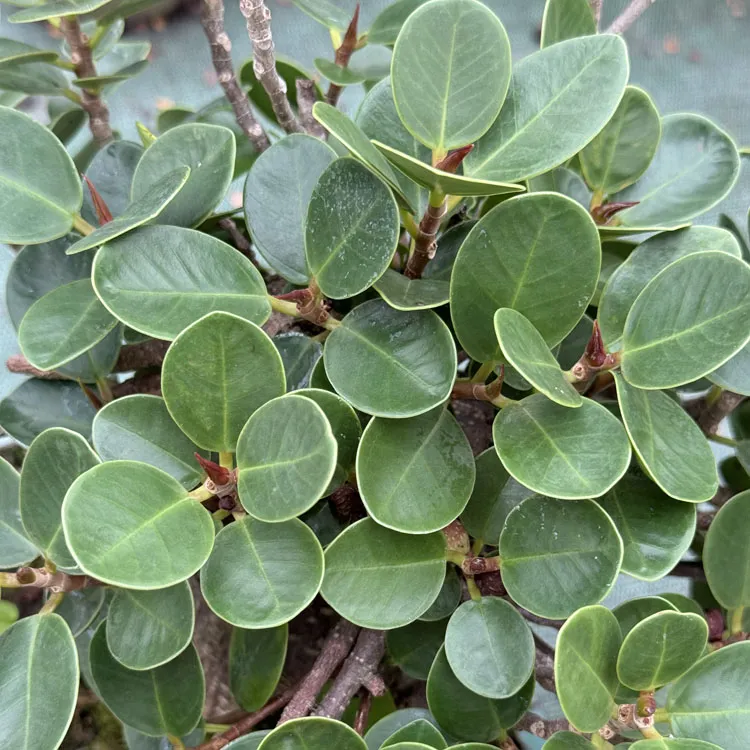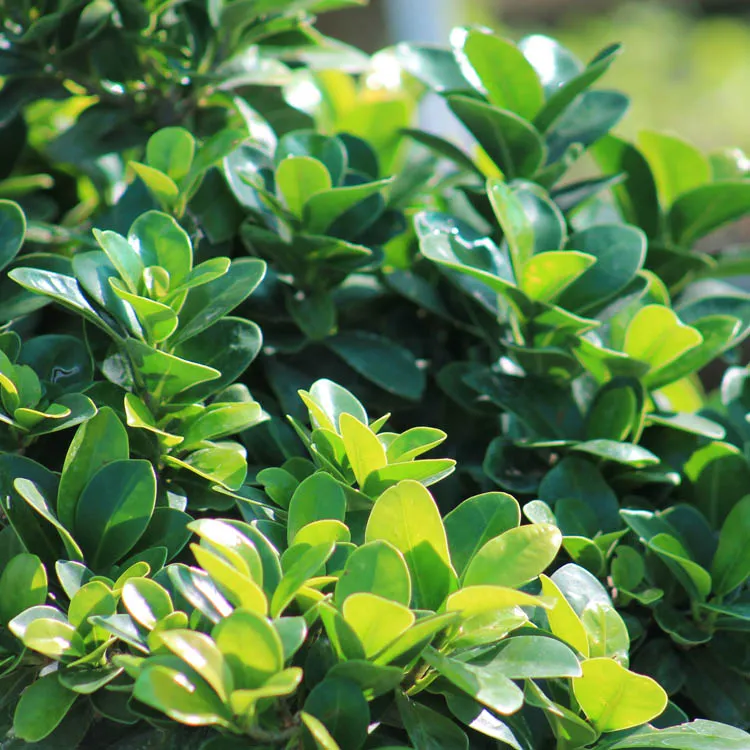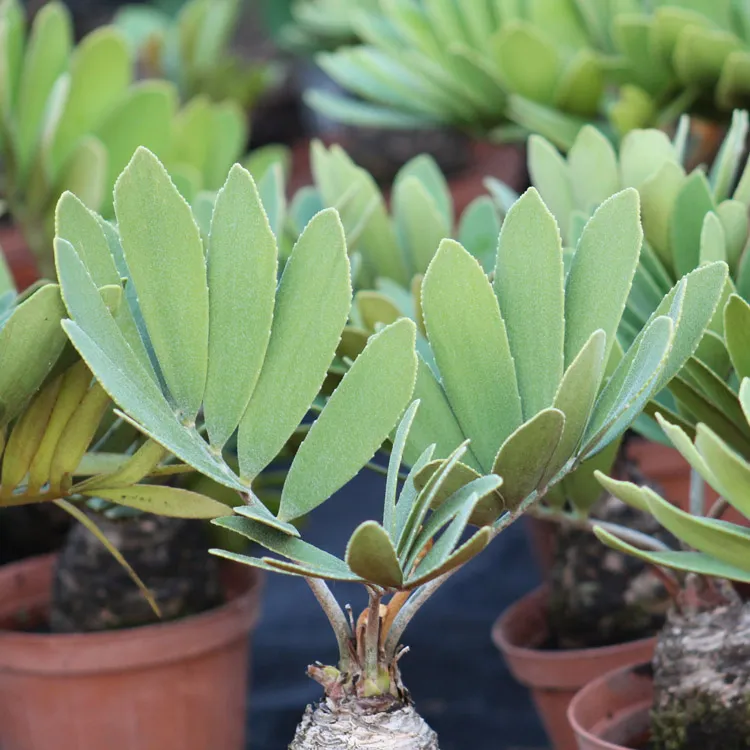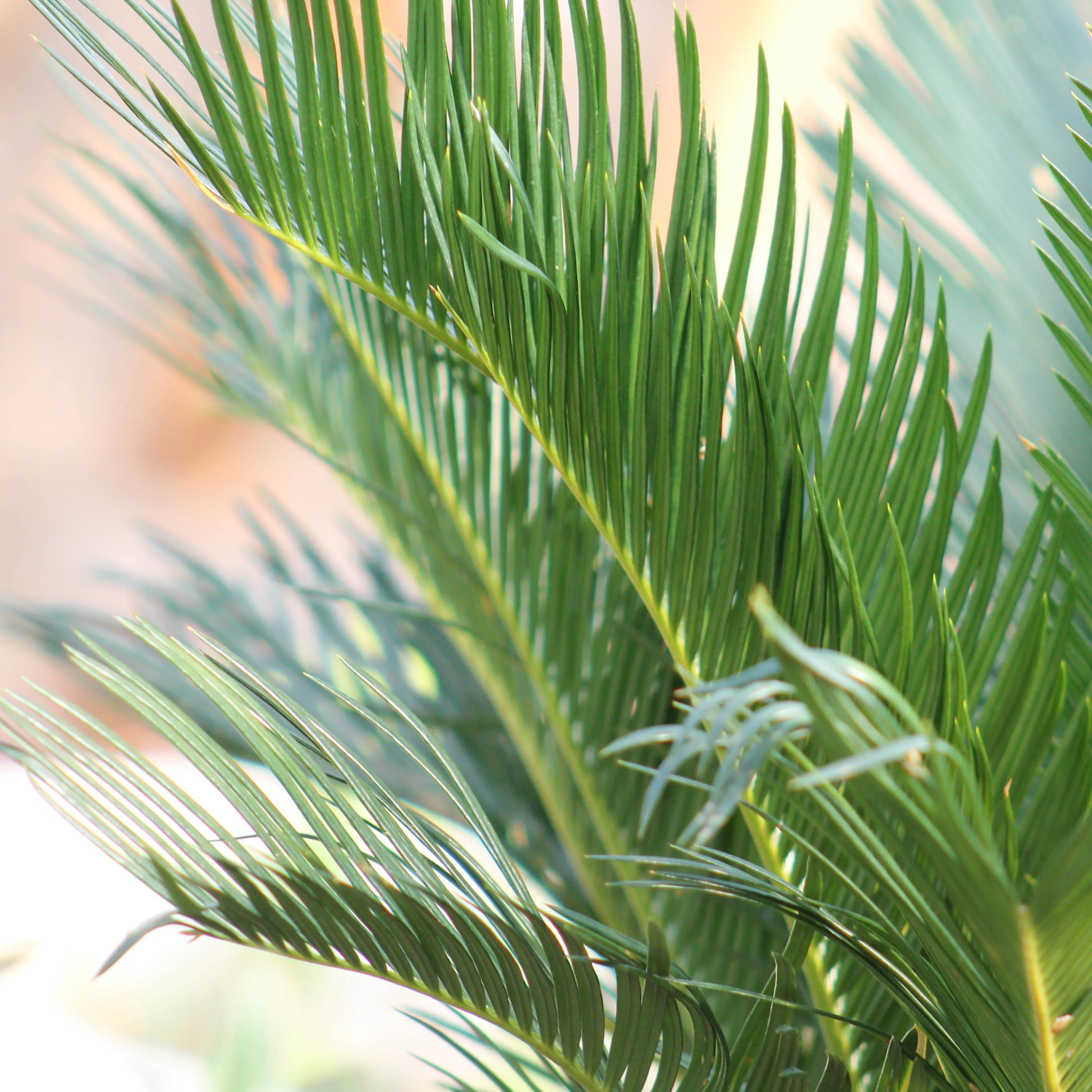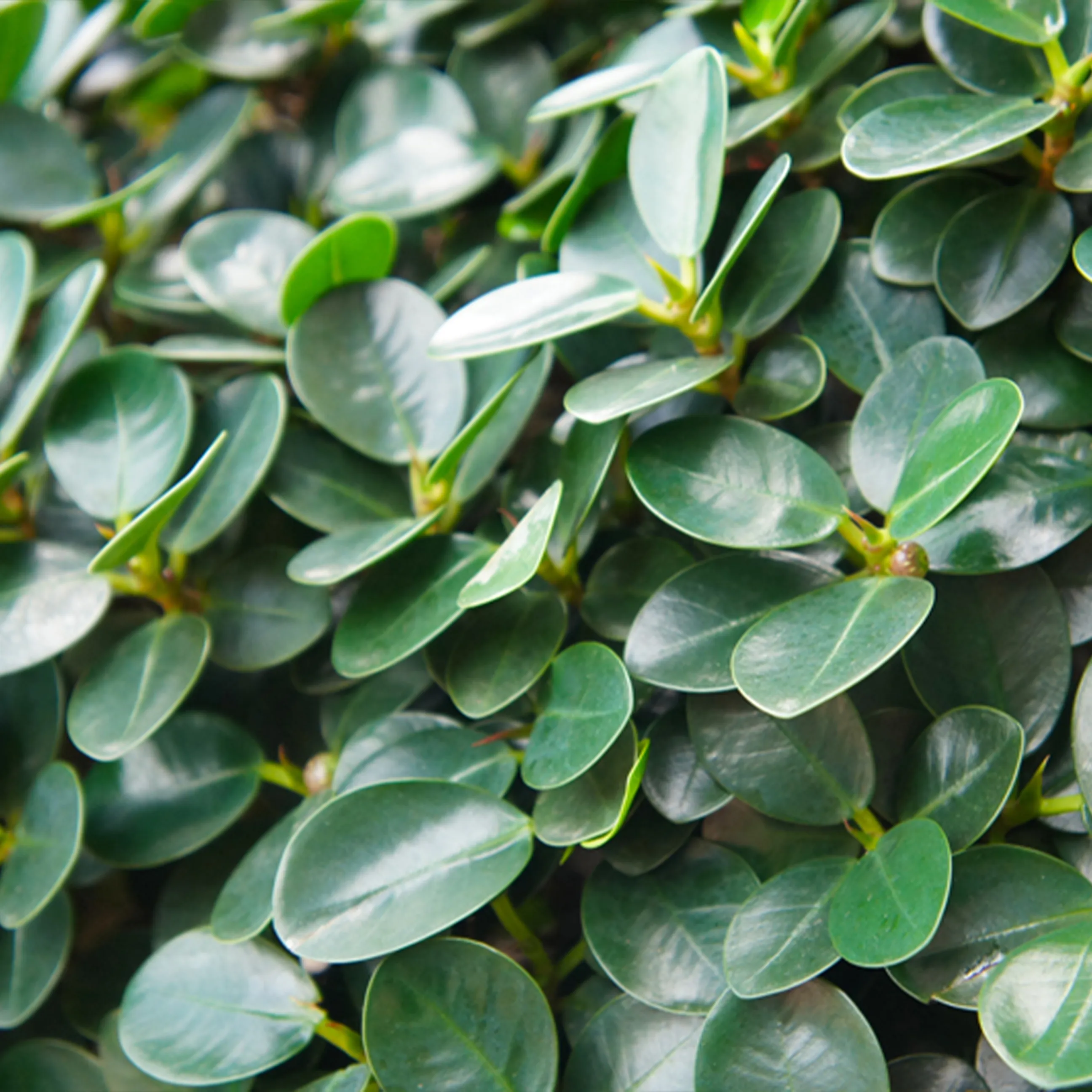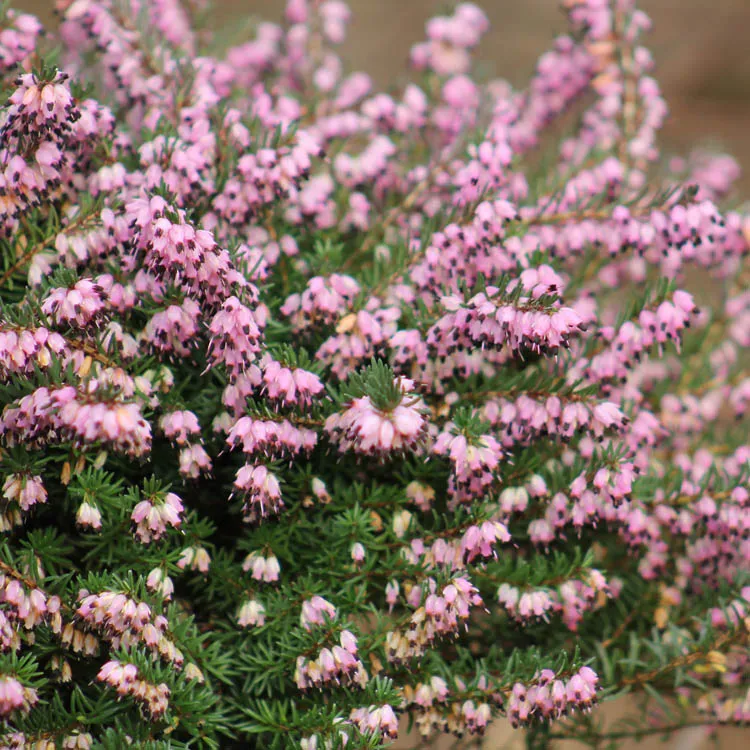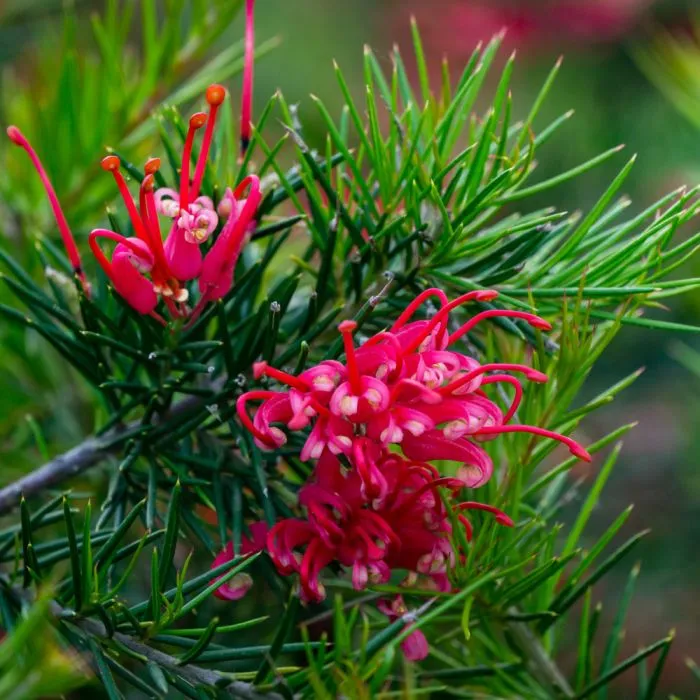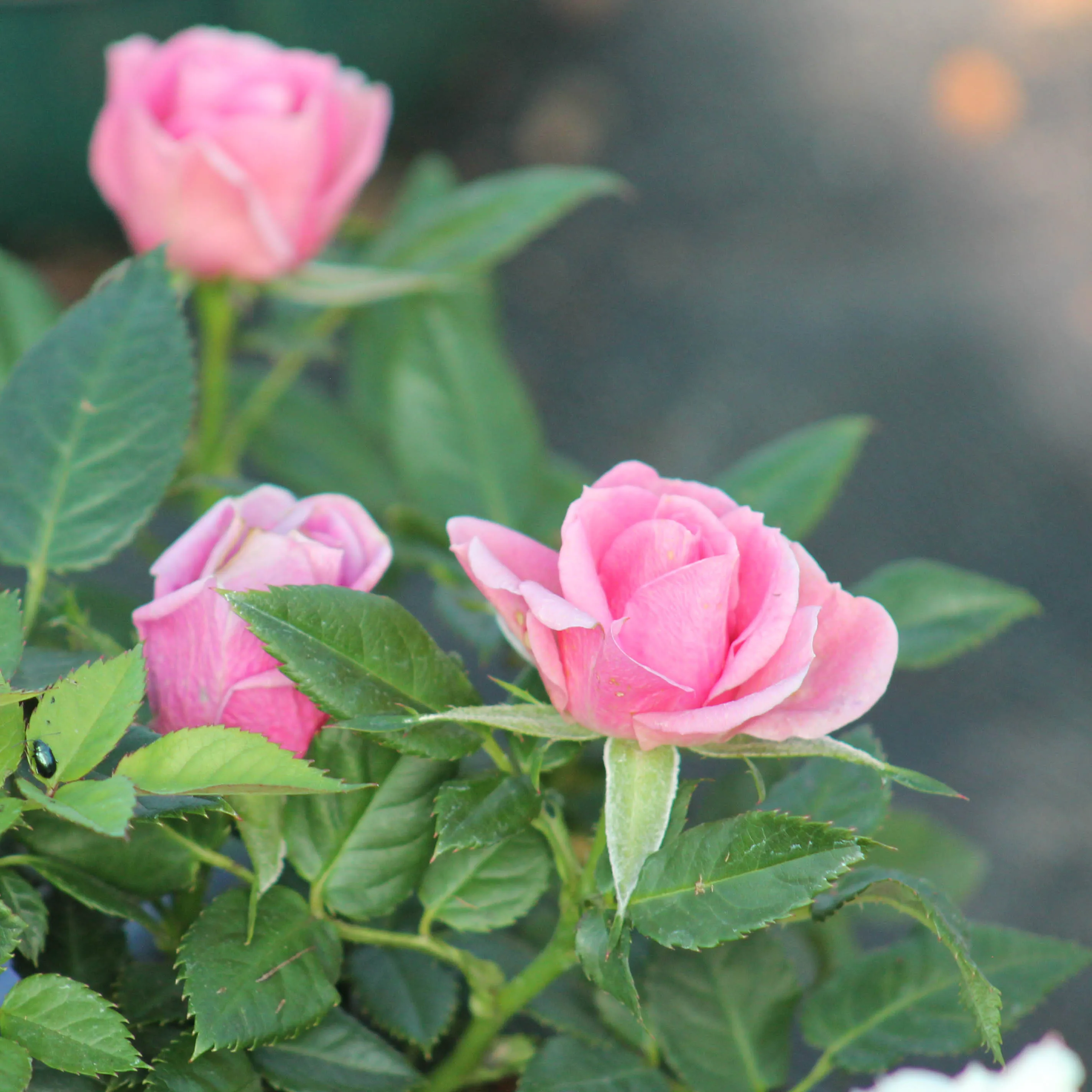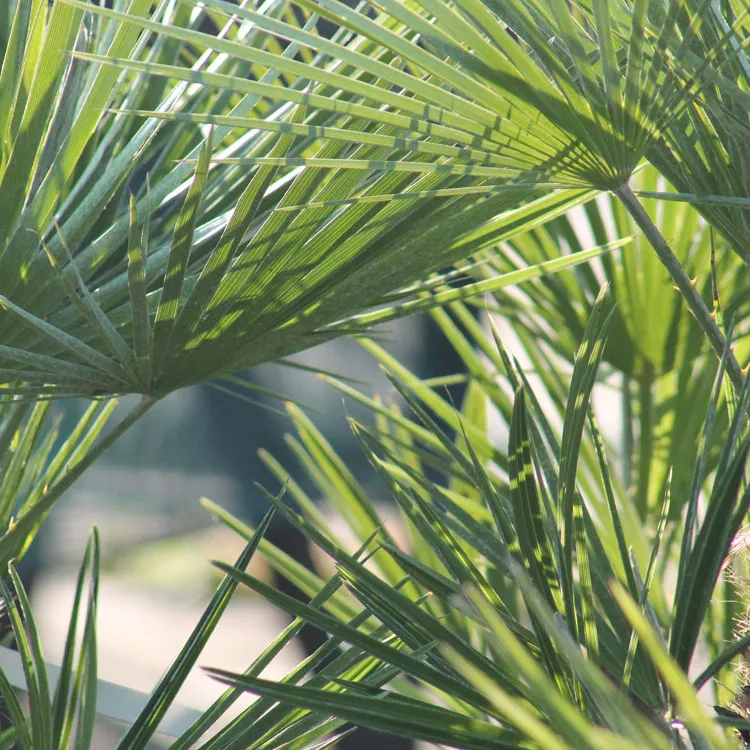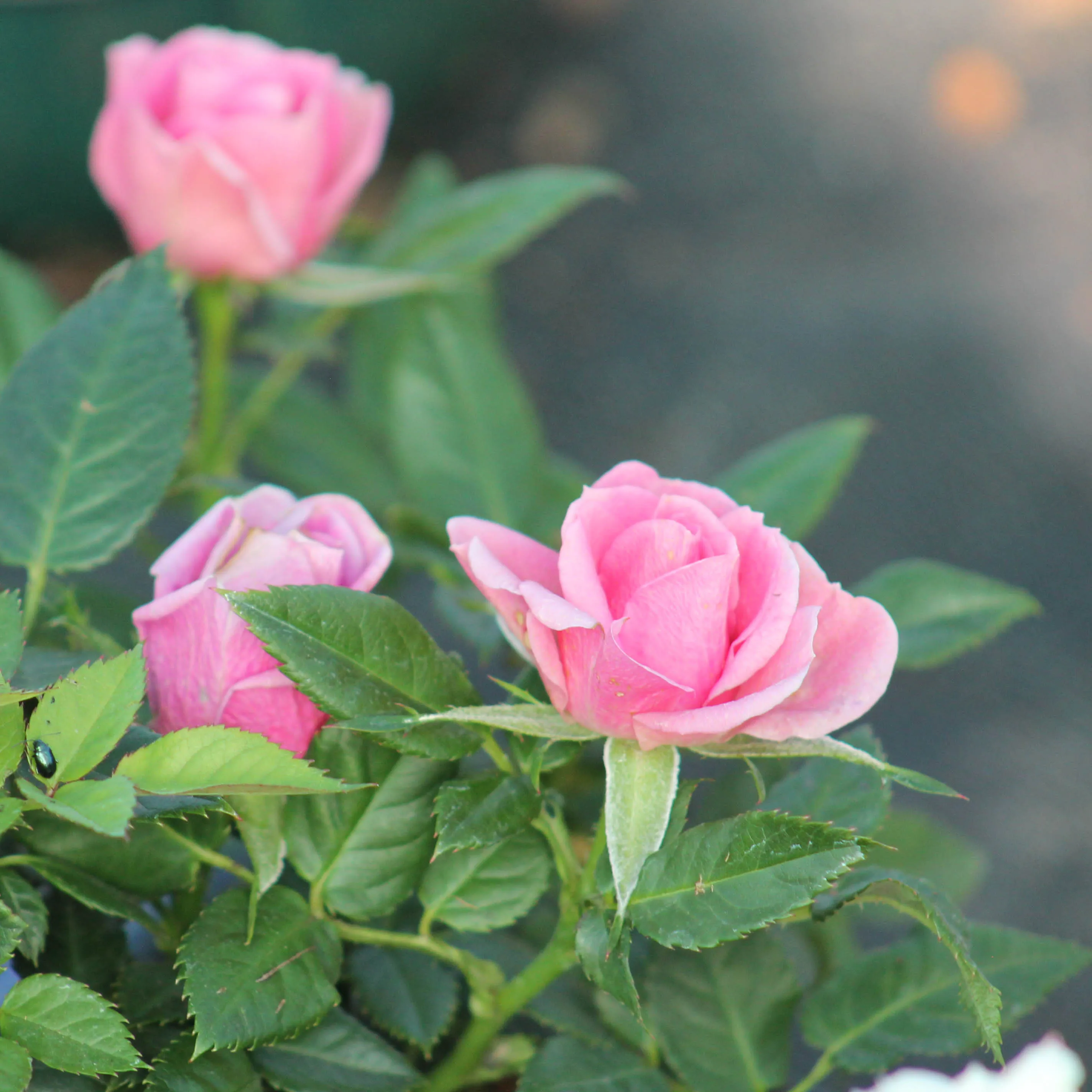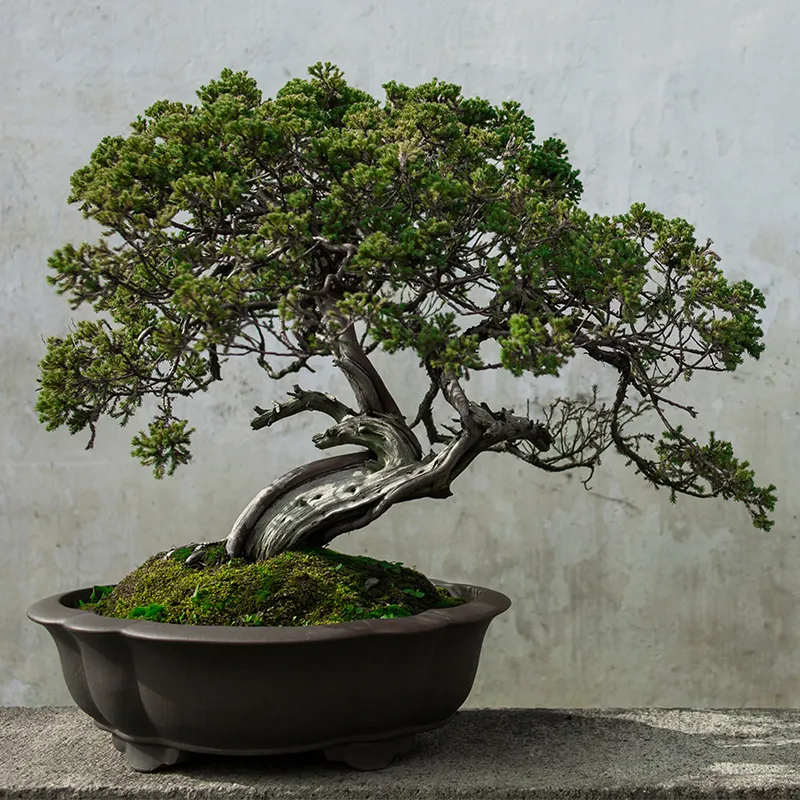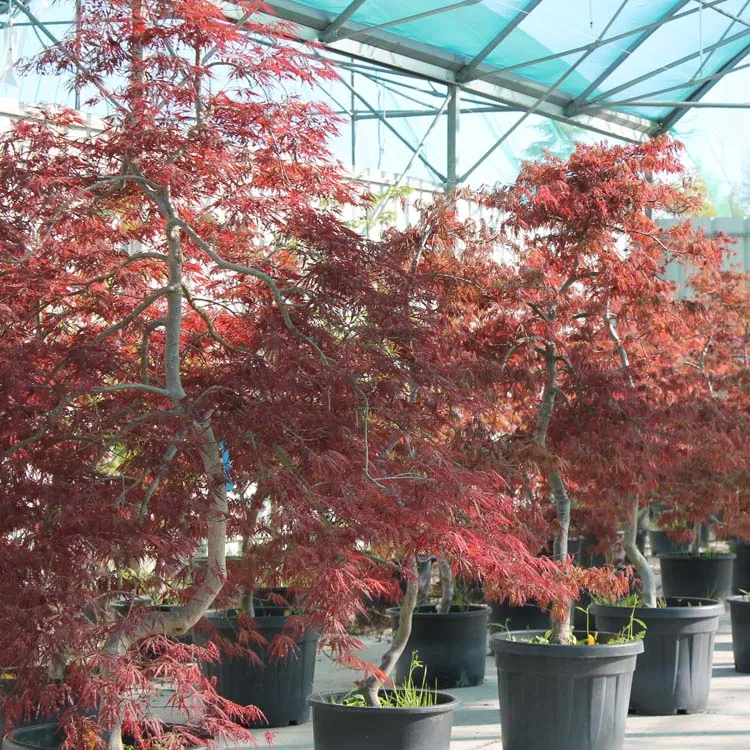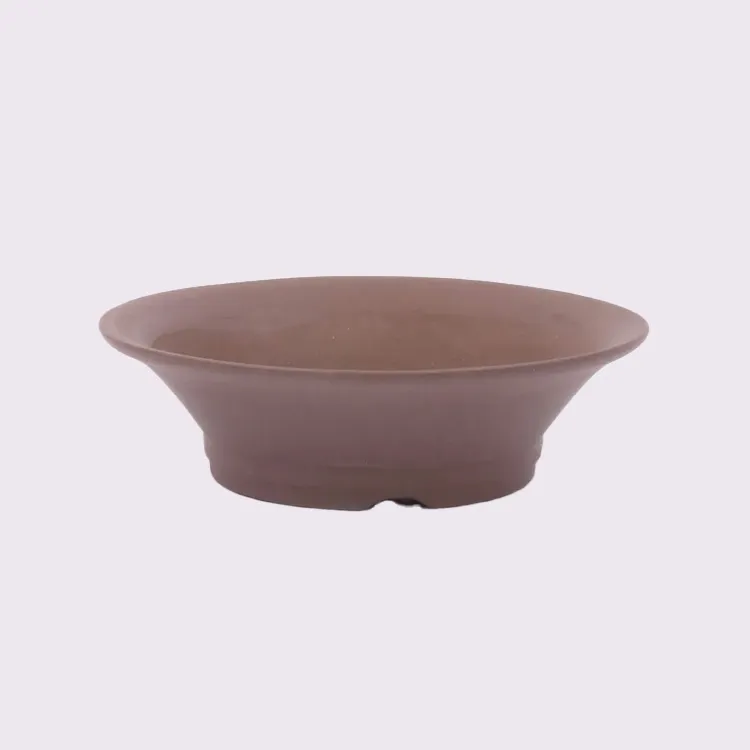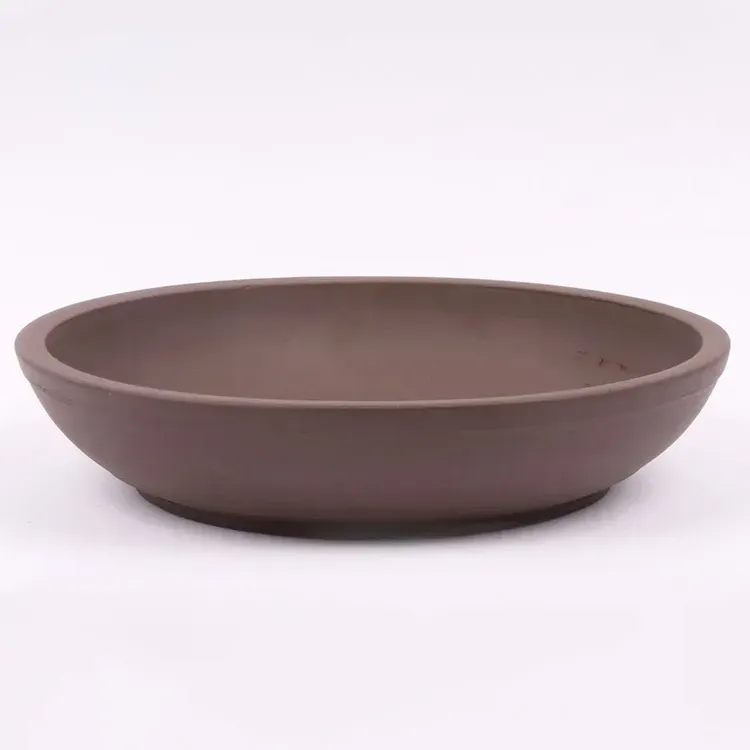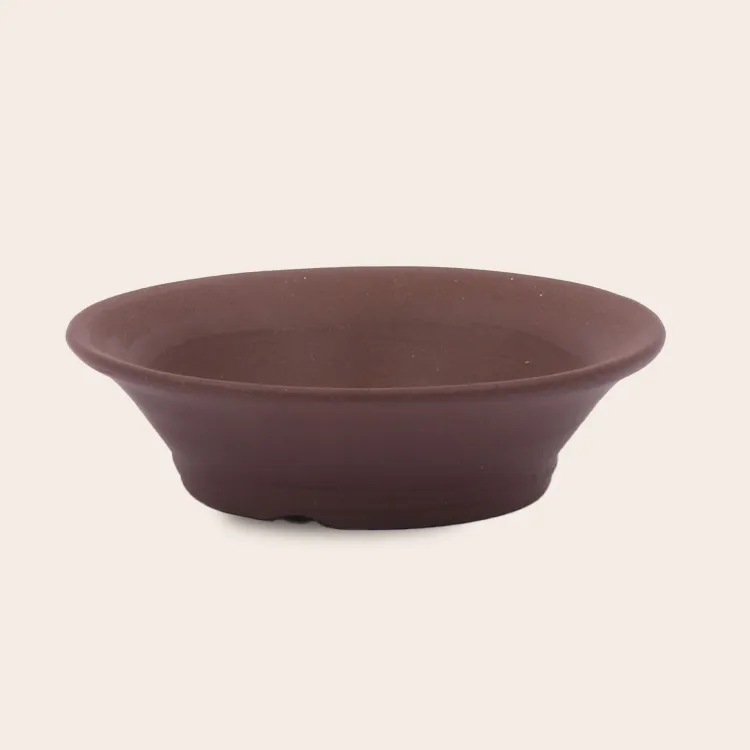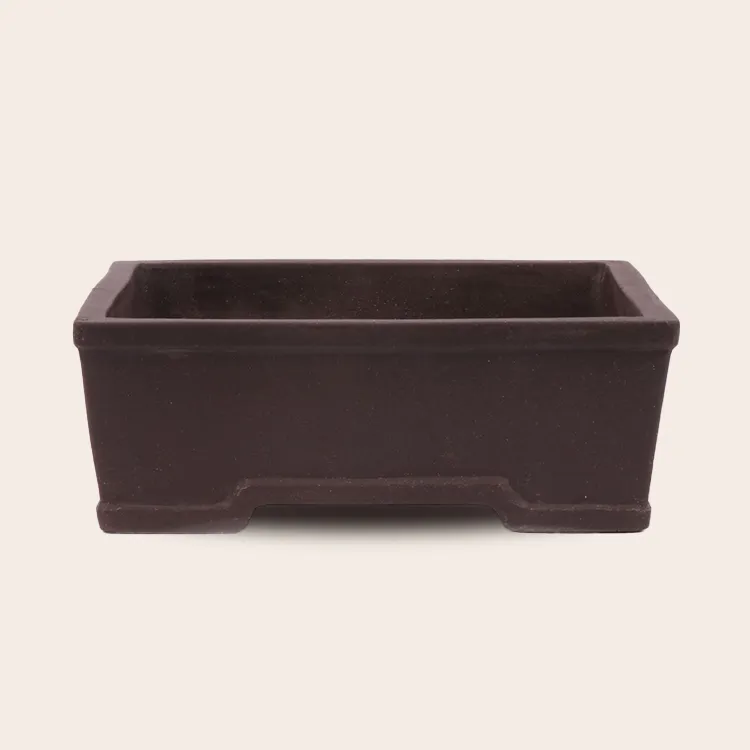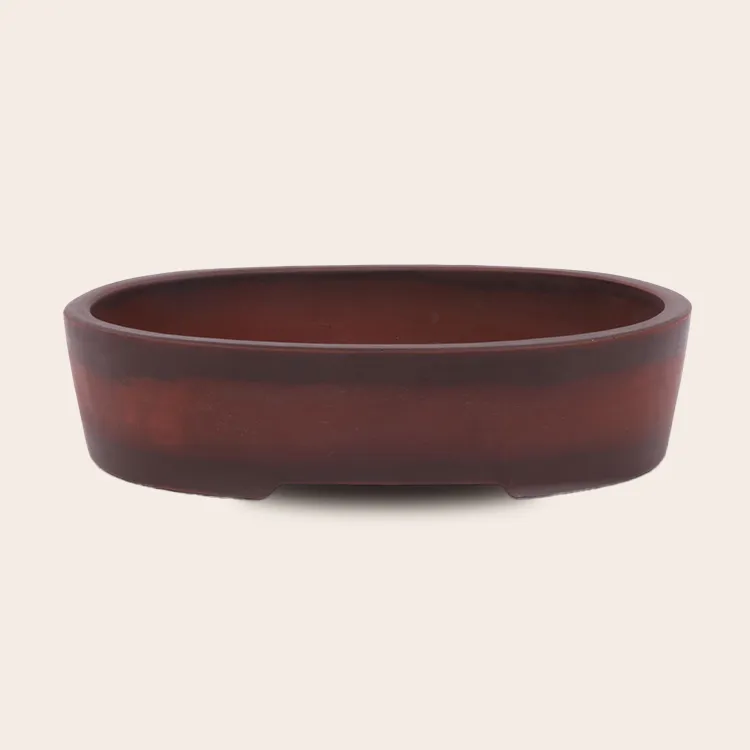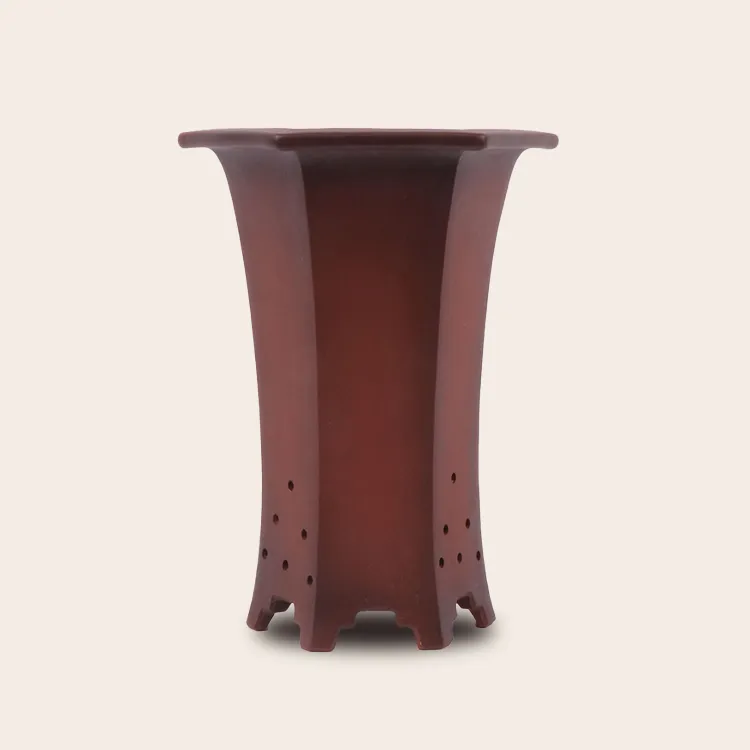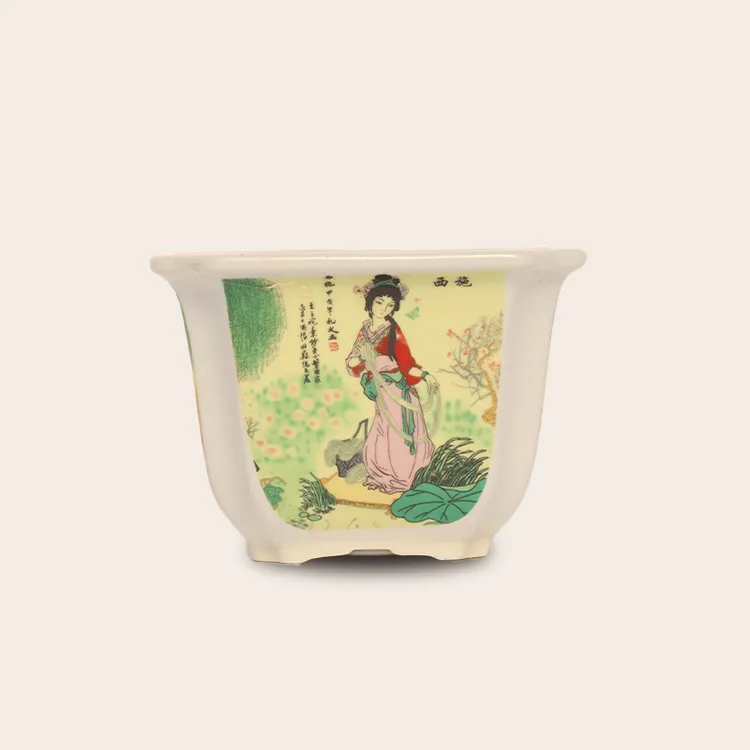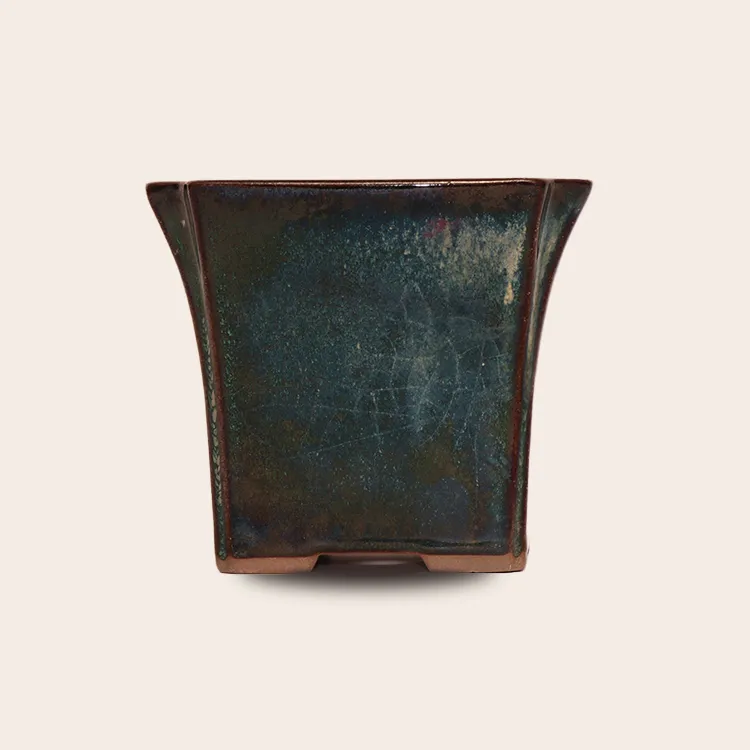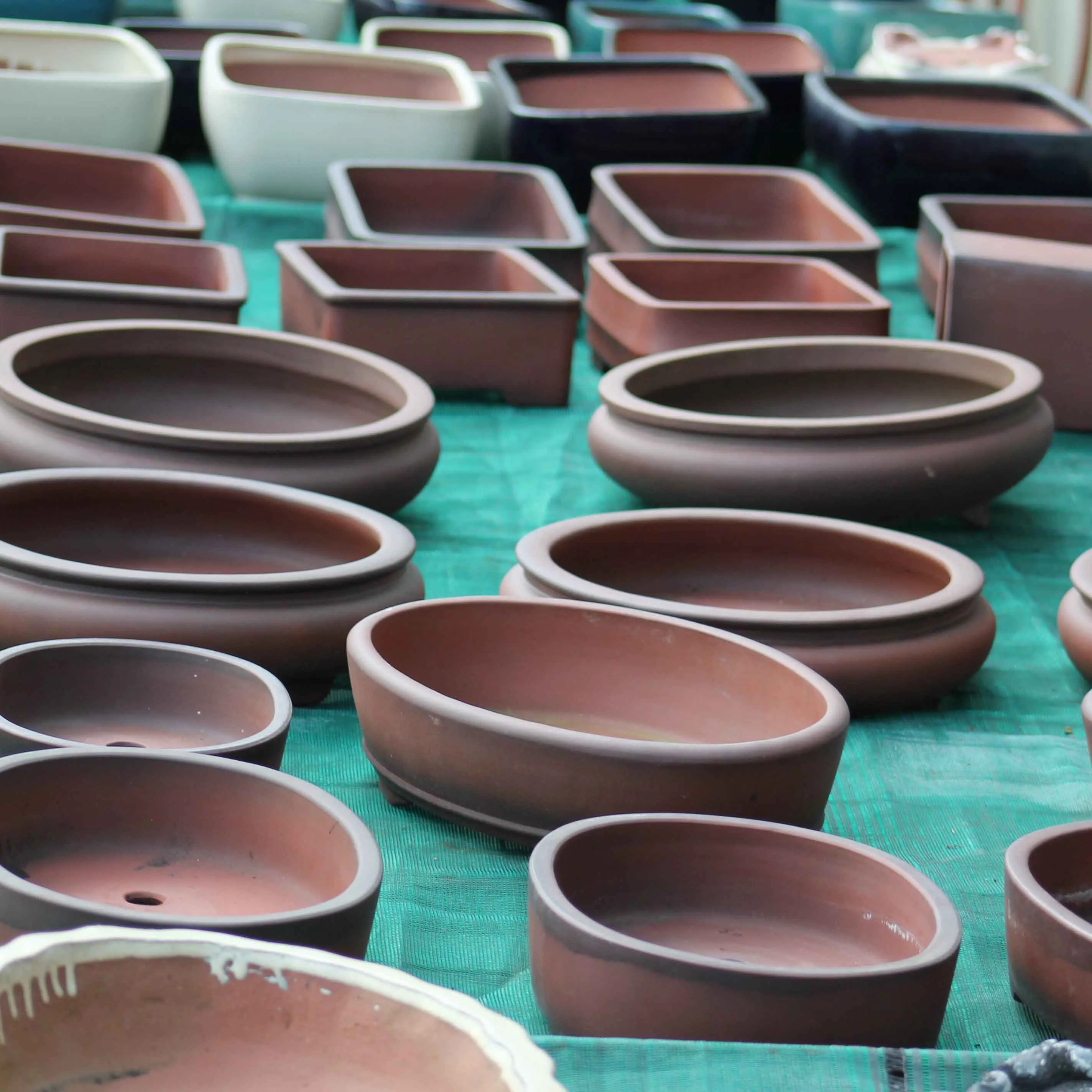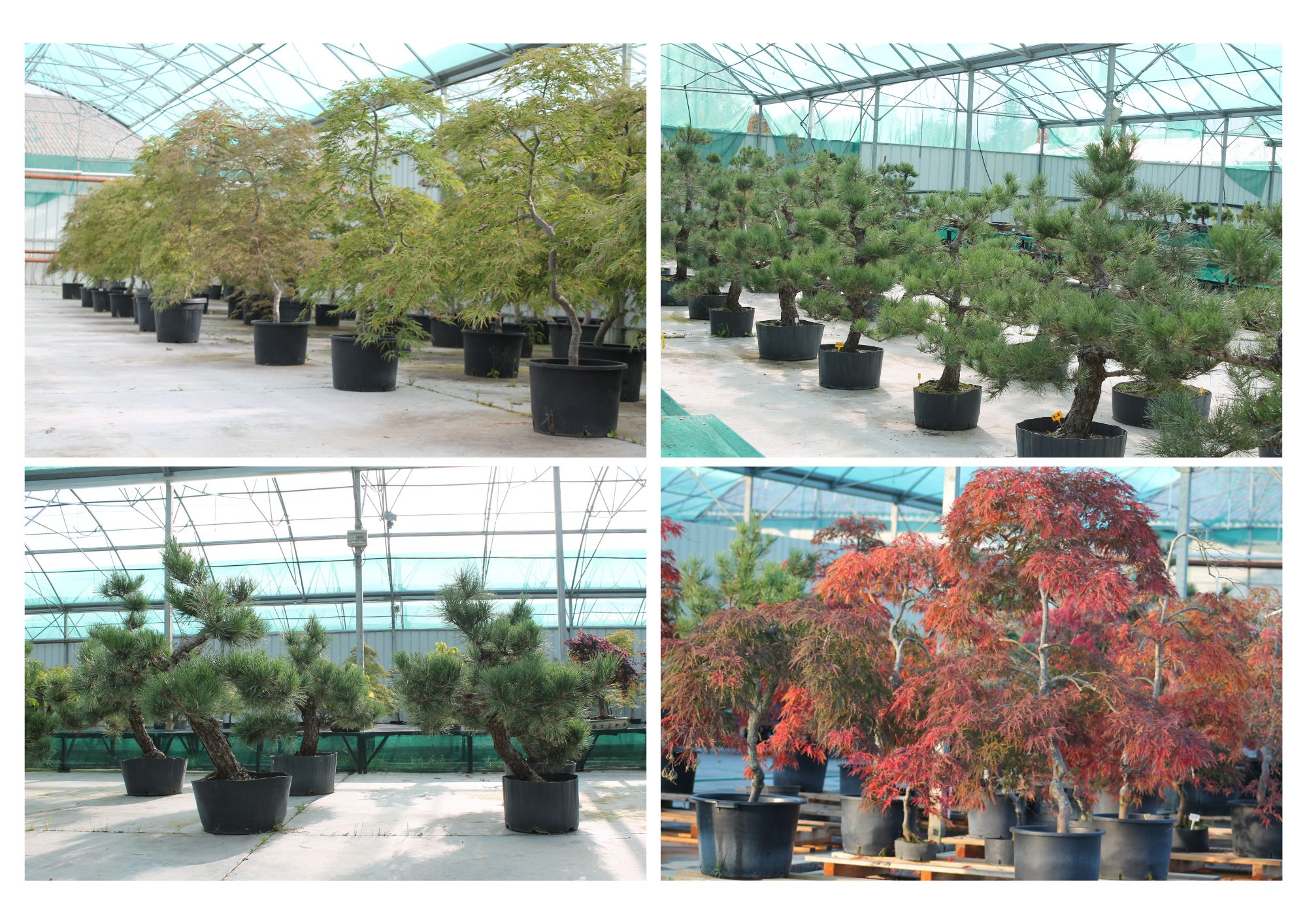Inseparable from traditional Japanese gardens, niwaki trees seduce with the purity of their lines and the poetry of their silhouettes, sculpted into plateaus or clouds. But do you really know what they are, what they aren't, and how to maintain them?
What is a niwaki ?
In Japanese, niwa (庭) means "garden" and ki (木) means "tree."
A niwaki is therefore literally a garden tree. But, just as a potted tree is not necessarily a bonsai, a garden tree is not necessarily a niwaki.
Niwaki is above all the result of an art of pruning, which shares many principles with that of bonsai: cloud pruning, tray pruning, balanced volumes, etc. It is often said that this style expresses the "quintessence" of the tree.
What a niwaki isn't
It's important to clear up a common confusion. In magazines, online, or at garden centers, we sometimes see trees labeled "niwaki" that are simply simplified imitations.
These trees, with stiff, bare branches topped with simple balls of foliage, are more a reflection of a Western decorative style inspired by Japan than true tradition. They may be pleasing, but they do not reflect the essence of niwaki.
The aesthetics of true niwaki
Imagine a large bonsai tree and you'll have a good first impression. A niwaki tree is characterized by :
- Carefully trimmed and shaped branches to create a clean, airy look.
- Foliage arranged in distinct, layered plateaus, often beginning in the first third of the branch.
- A tapered trunk with natural movement (except in formal upright styles).
- Wider, more powerful lower branches, tapering toward the top (apex).
- A rounded apex, reminiscent of the crown of an ancient, venerable tree that has survived for centuries.
» Want a NIWAKI? See our production
Niwaki and bonsai: what’s the difference ?
Bonsai is a miniature tree grown in a pot, whose growth is controlled by pruning and wiring.
Niwaki trees are full-sized or semi-dwarf trees, planted in the ground or in a large container. They play an architectural role in the garden, structuring the space with their silhouette.
What species can you use to make niwaki?
The two most common tree species are maples and pines. These are the ones often found in Japanese gardens. In theory, almost any tree is suitable for forming a niwaki.
Niwaki can be formed from yews, junipers, cypresses, etc., as long as they reach at least 1 meter in height. Shrubs that are too small are not suitable: a niwaki must have a certain presence. Here are some examples of the most suitable varieties.
Conifers
- Japanese Black Pine (Pinus thunbergii)
- Junipers (Juniperus)
- False Cypress (Chamaecyparis)
- Yew (Taxus)
- Cryptomeria (Cryptomeria japonica)
Hardwoods
- Japanese Maple (Acer palmatum)
- Hornbeam (Carpinus)
- Box (Buxus)
- Beech (Fagus)
- Holly (Ilex)
- Azaleas
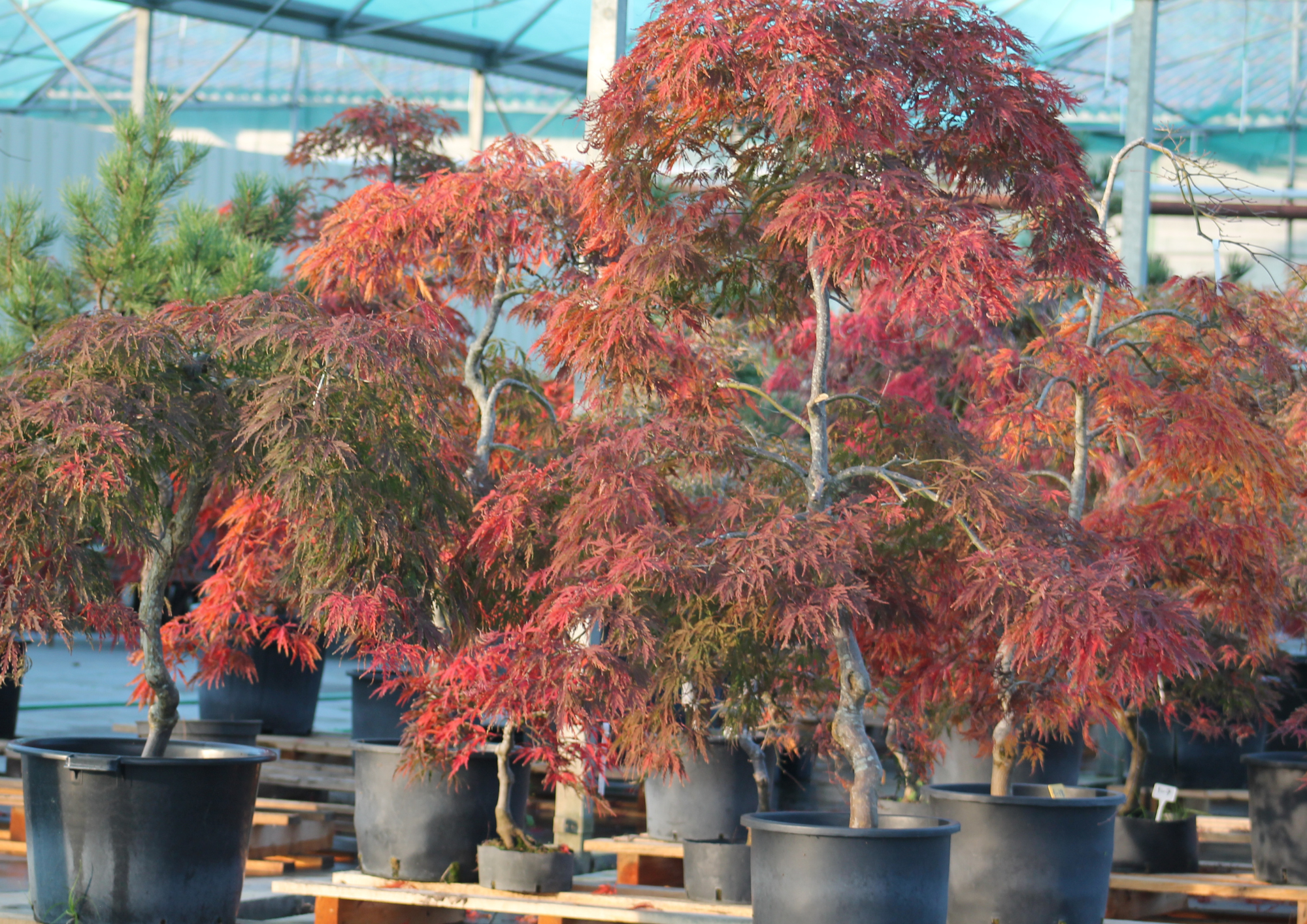
How to create a niwaki?
Creating a niwaki is very similar to that of a bonsai, simply because most of the techniques we use to train our potted trees are directly inherited from techniques used centuries ago in the art of gardening, first in China and then in Japan.
We often start with young plants grown in the ground, which are pruned annually to give movement and structure to the trunk and branches. Then comes the work of branching, branch selection, and density.
Patience is essential: it takes years to train a niwaki, and decades to achieve one worthy of the finest Japanese gardens.
Should you plant a niwaki in a growing container or in the ground?
Both solutions are possible, each with their advantages and limitations.
If planted in a container, it will be elevated, allowing you to better appreciate it. However, when it comes time to prune it, you'll quickly need a ladder to reach the top. A 1.5m niwaki planted in an 80cm container reaches a total height of 2.3m.
Growing in a container is similar to growing in a pot; the substrate dries out faster than in the ground, and you'll also need to repot the tree regularly to prune the roots and leave space for new ones. This operation is spaced out more frequently than for a bonsai. You can leave the niwaki in its pot for more than 10 years without any problems, but it's still delicate and physically demanding!
Planted in the ground, growing is easier, but for the aesthetic effect to be attractive, a minimum height of 1.2m is still required, especially if the tree is planted as a stand-alone. But in the ground, nature quickly takes over and the tree will grow much faster than in a pot. Maintenance will therefore be more frequent, especially with deciduous trees which will require several prunings per year. It is especially on the head that you must be vigilant, because the apical tendency makes the tree seek to always grow higher and it is this part which is the most vigorous.
In summary :
In the bin :
- The tree is raised, making it more visible.
- Be careful of the overall height.
- The substrate dries out more quickly, and it will be necessary to repot every 8 to 10 years to prune the roots.
In open ground :
- Faster growth and easier maintenance.
- Plan for a minimum height of 1.20 m for a beautiful effect, especially as a standalone.
- Hardwood trees may require several prunings per year.
- Pay particular attention to the crown: apical growth is vigorous.
Where and when to plant a niwaki ?
The niwaki is a structural tree. It must be able to express itself, be highlighted, and not hidden in a clump that is too dense.
Location : Clear, with good air circulation.
Exposure : Sunny to partial shade, depending on the species :
- Maple trees prefer partial shade, especially in summer, to avoid leaf burn.
- Conifers thrive in full sun, provided the exposure isn't scorching hot.
Protect young plants from strong winds with temporary windbreaks.
The soil must be well drained, loose and rich :
- Conifers: Tolerate neutral to slightly acidic soil.
- Maples: Prefer humus-rich, slightly acidic soil.
In clay soils, we can :
- Add sand, pozzolana, or forest soil.
- Plant on a small mound to avoid overwatering in winter.
Ideal periods :
- Fall (September to November) to encourage winter rooting.
- Spring (March to May) when the soil warms up.
Avoid periods of frost and extreme heat.
Maintenance and pruning
Niwaki pruning is gradual and controlled. It doesn't seek performance, but rather shape and balance.
You can choose to purchase a cloud-pruned garden tree, plant it, and let it grow. But in a few years, you'll lose the well-defined plateaus; nature abhors a vacuum and will quickly fill in the spaces.
When to prune ?
- Structural pruning : late spring or fall.
- Pinching young shoots : regularly during the growing season to thicken the canopy.
Never prune into old wood (especially conifers): rear bud formation is very limited.
Use sharp, disinfected tools.
A niwaki is maintained by applying a few essential principles :
It should be light and airy, with few but well-developed branches. The Japanese say that a bird should be able to fly through the tree without its feathers touching a leaf.
To form the crowns, cut off all shoots that are clearly pointing downward or upward. These are cut because over the years they will form unsightly branches.
In winter, on a deciduous tree that has lost its leaves, examine the structure of the branches and remove any that cross. When there is a fork with three or more branches, keep only two.
On a pine tree, you prune the candles in the same way as a bonsai of the same species. At the end of winter, you can also lower branches and make them horizontal using guy wires.
Watering : pay attention to balance
In the first year, regular watering is crucial, especially in summer. Once well established, the niwaki tree becomes relatively self-sufficient.
Tip : Organic mulch (bark, dead leaves, hemp, etc.) is recommended :
- It protects the roots from cold and drought,
- and limits competing weeds.
Fertilization: feed without forcing
Niwaki plants don't need a boost. Gentle fertilization is sufficient :
- Organic or balanced fertilizer
- Applied in spring and/or fall.
- At the nursery, niwaki plants are fertilized with blue universal tomato fertilizer (NPK 12, 12, 17).
Avoid applications too rich in nitrogen, which promote rapid and unattractive growth.


 Production of French Bonsai
Production of French Bonsai


